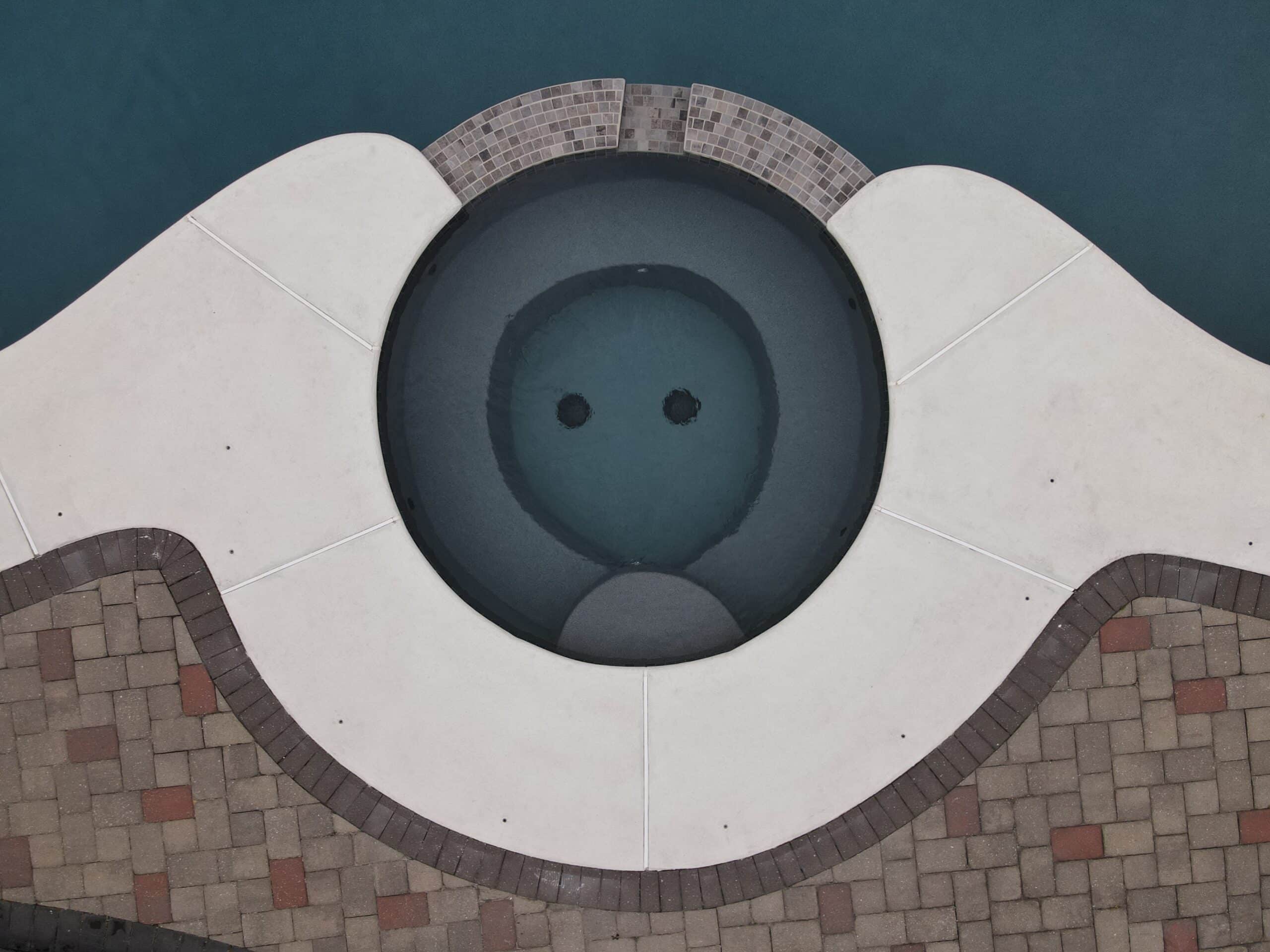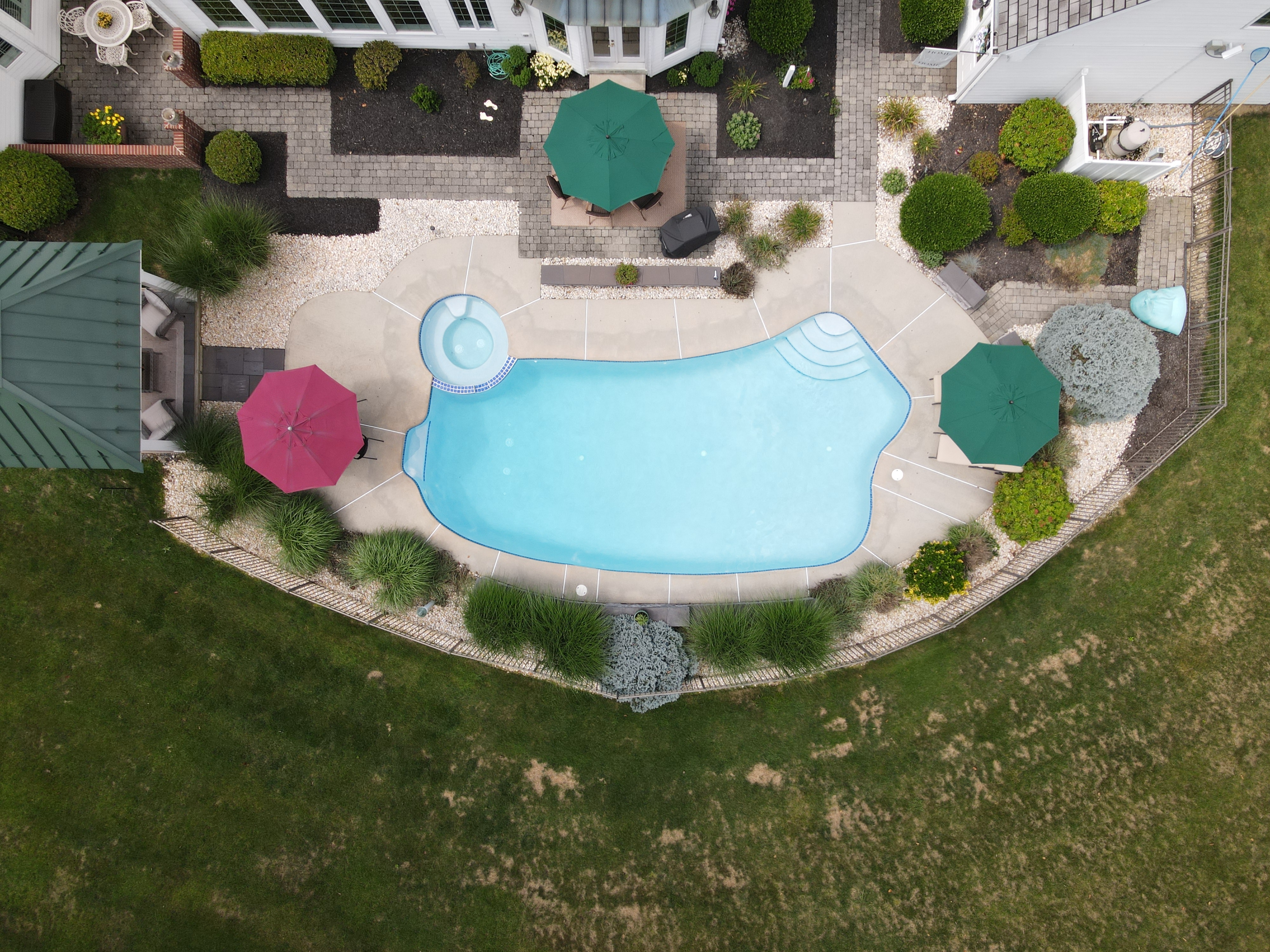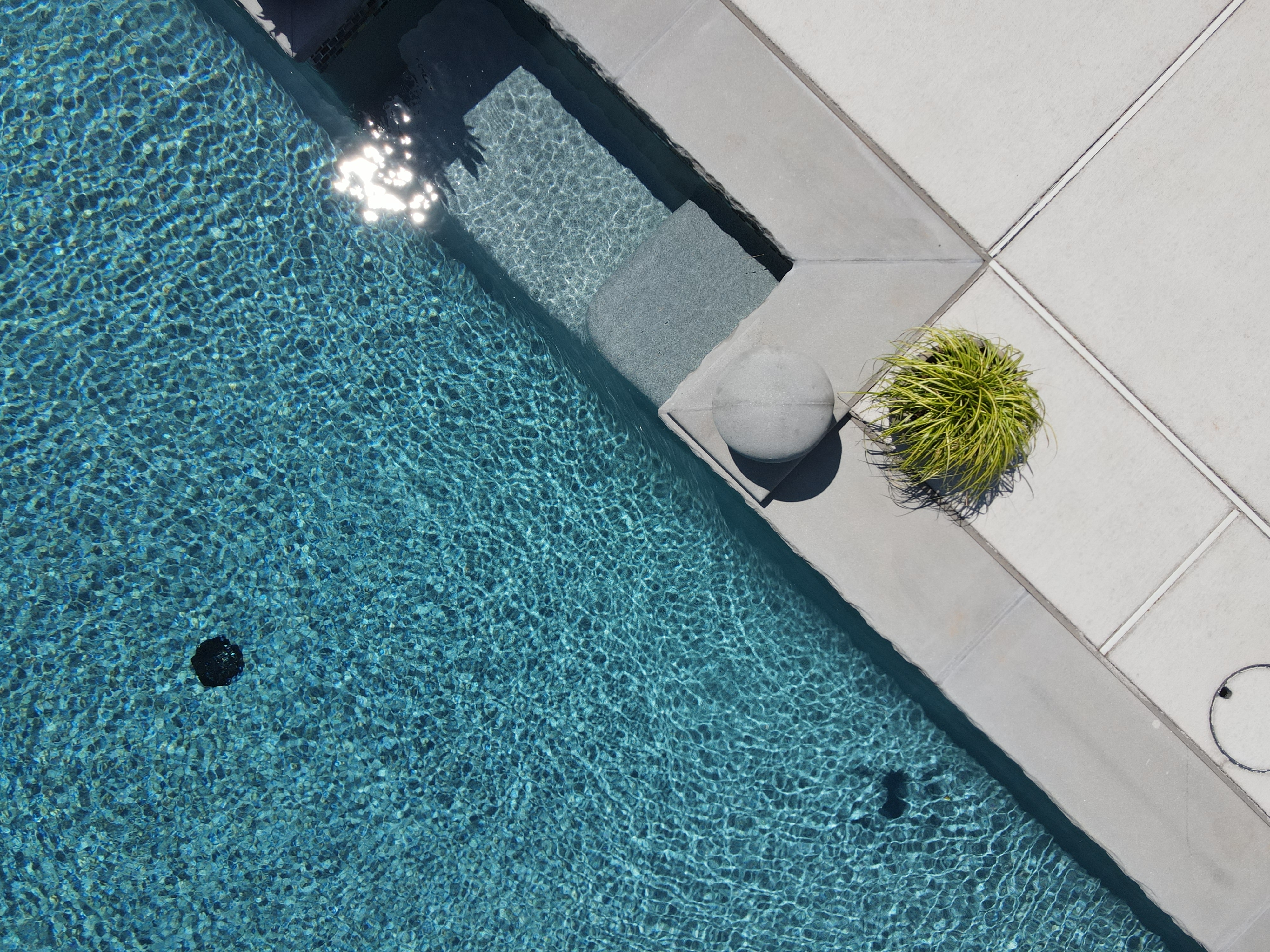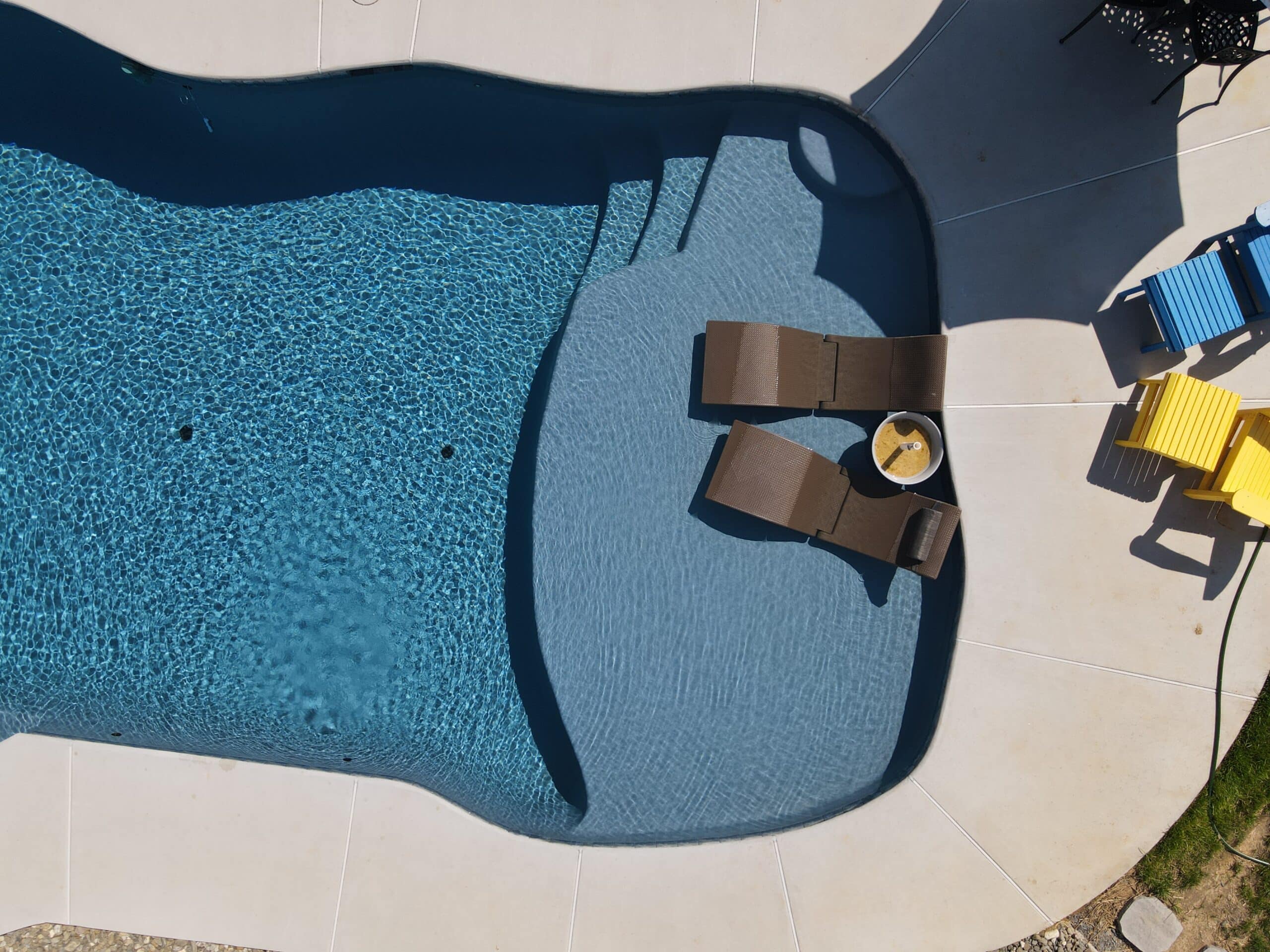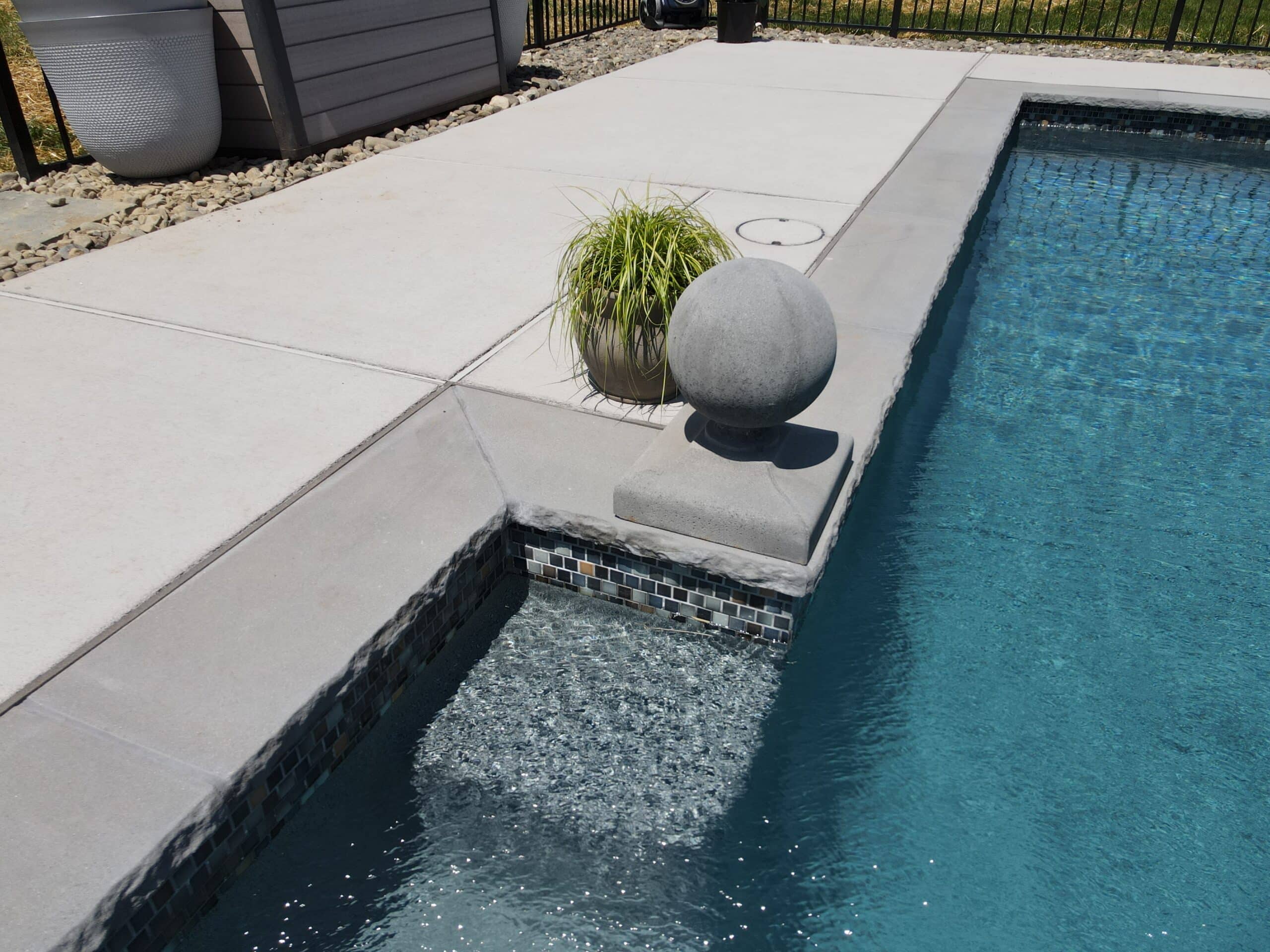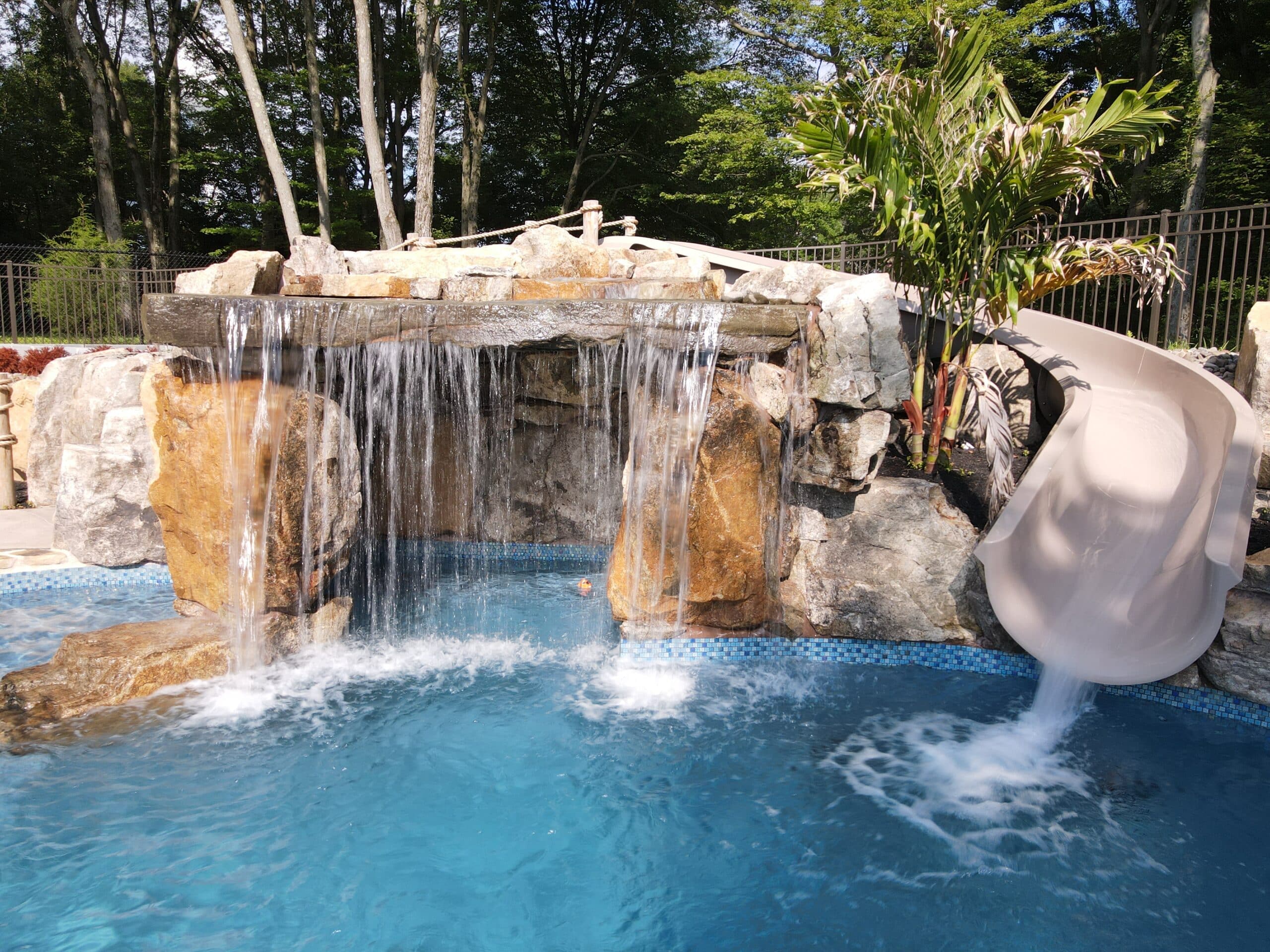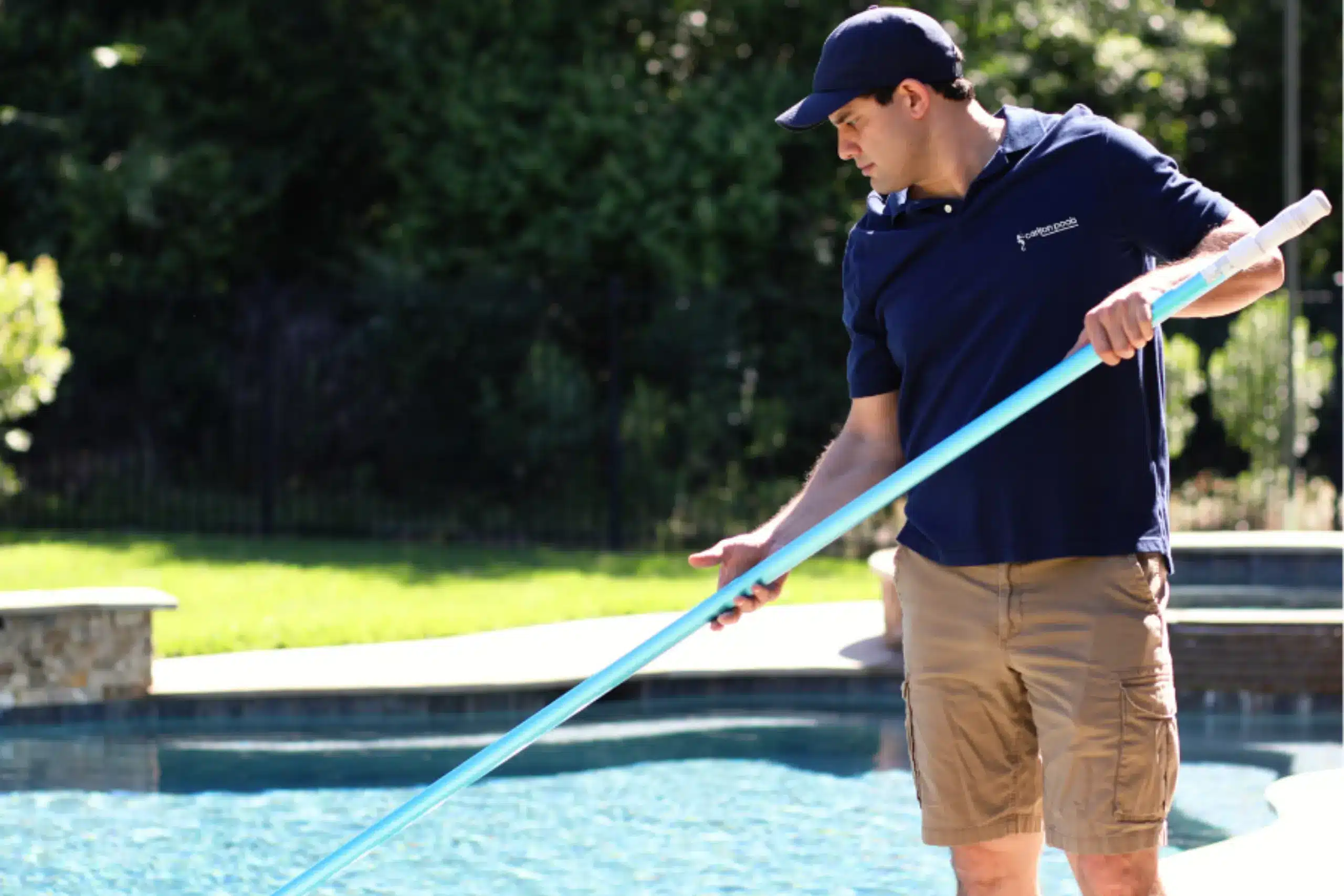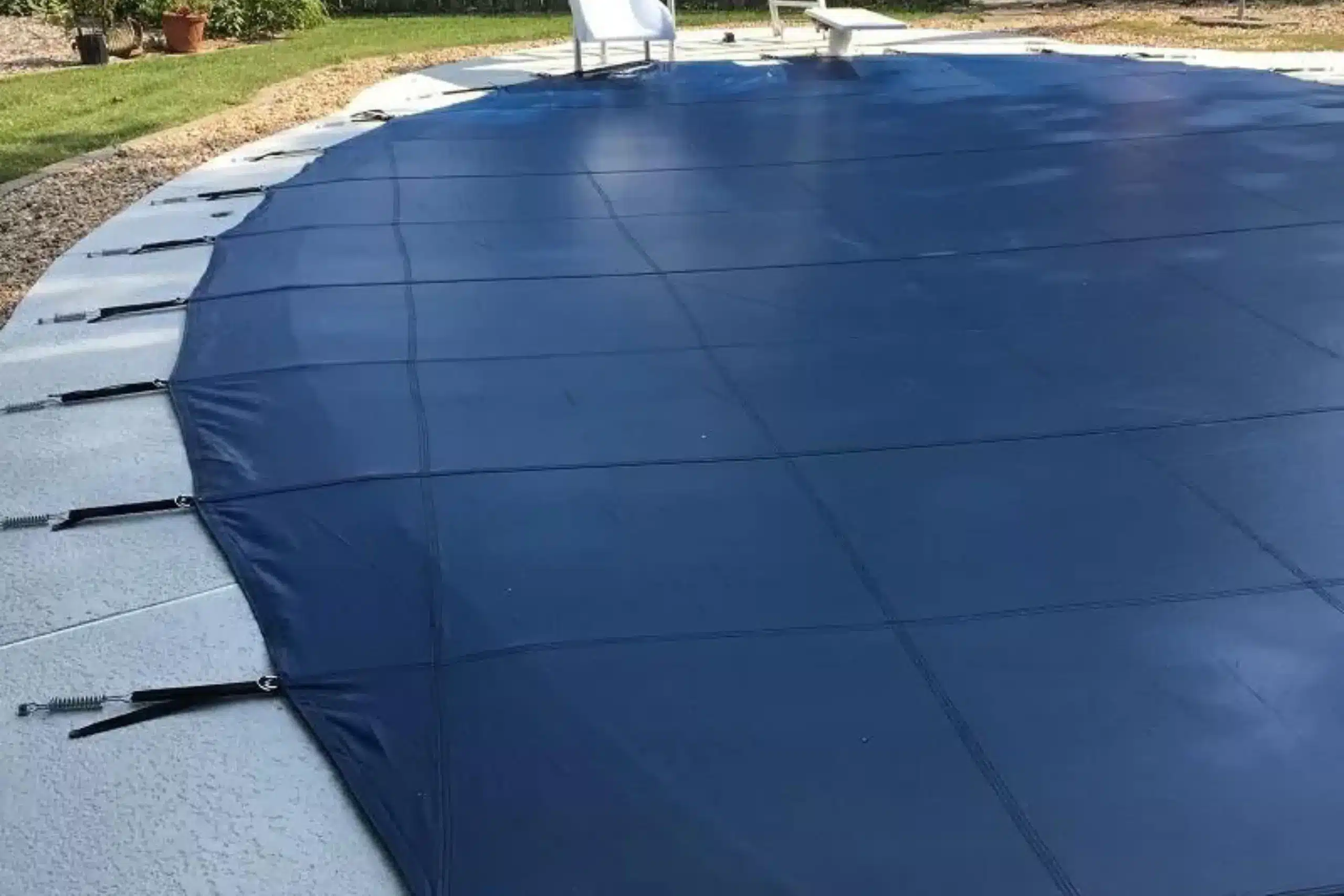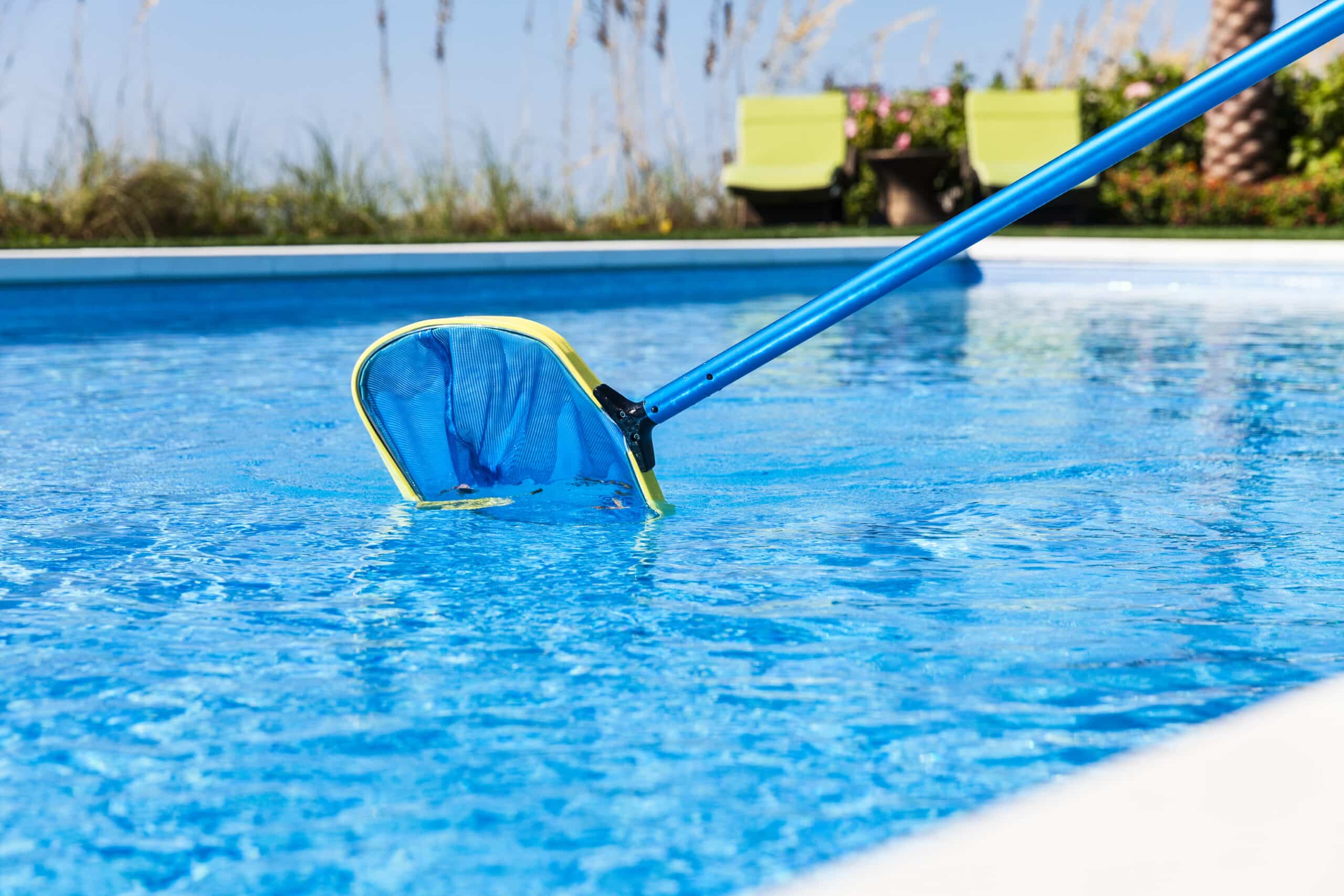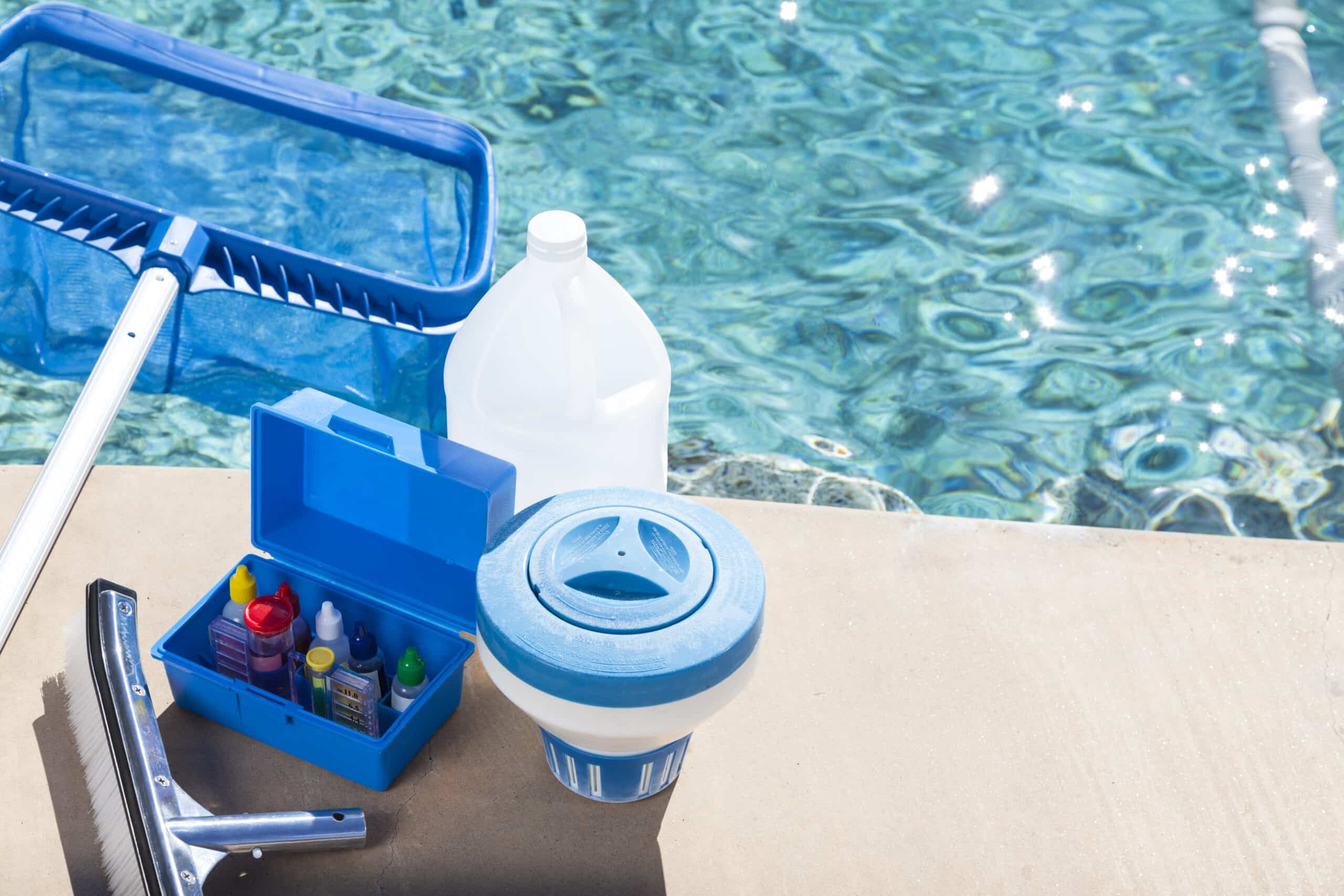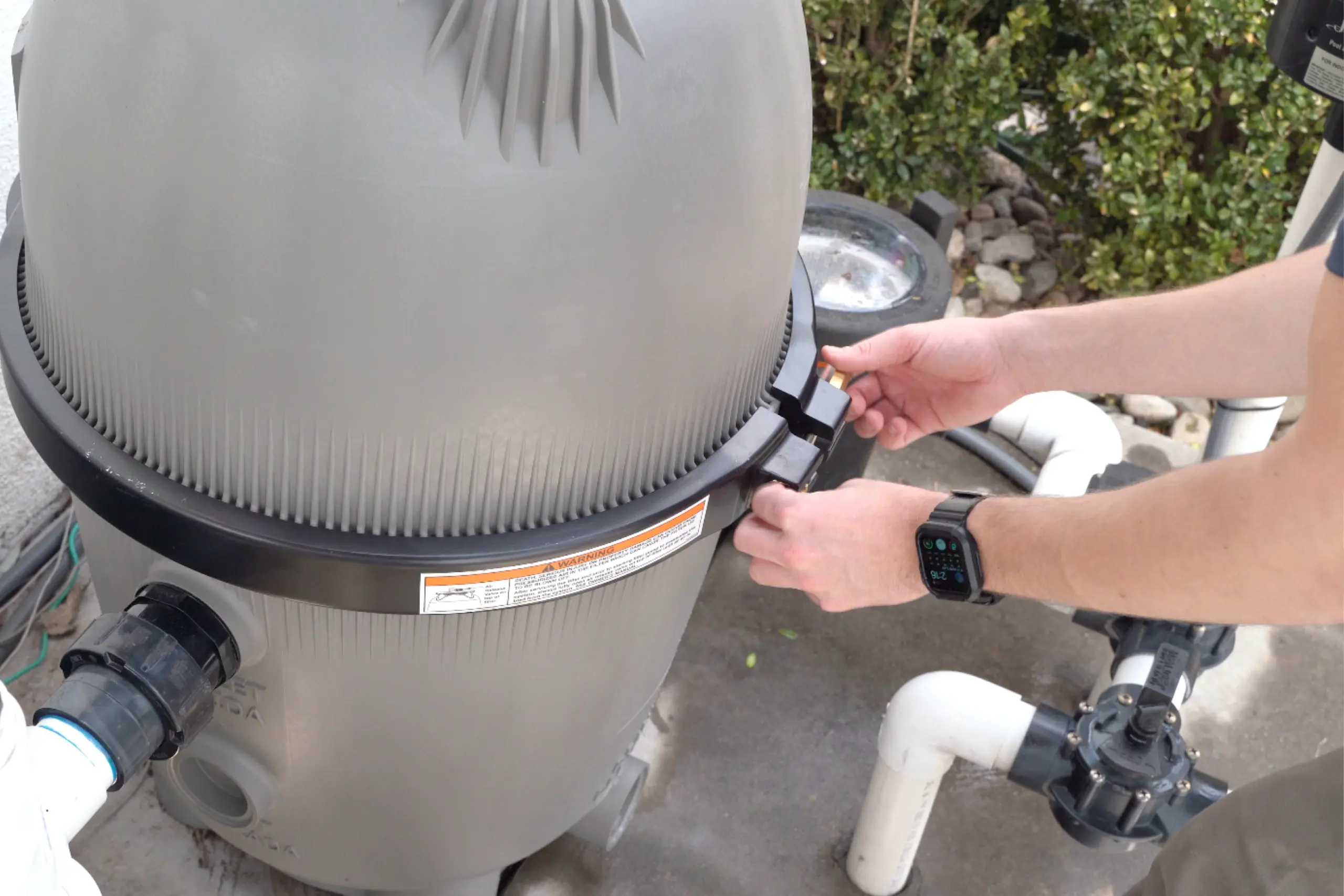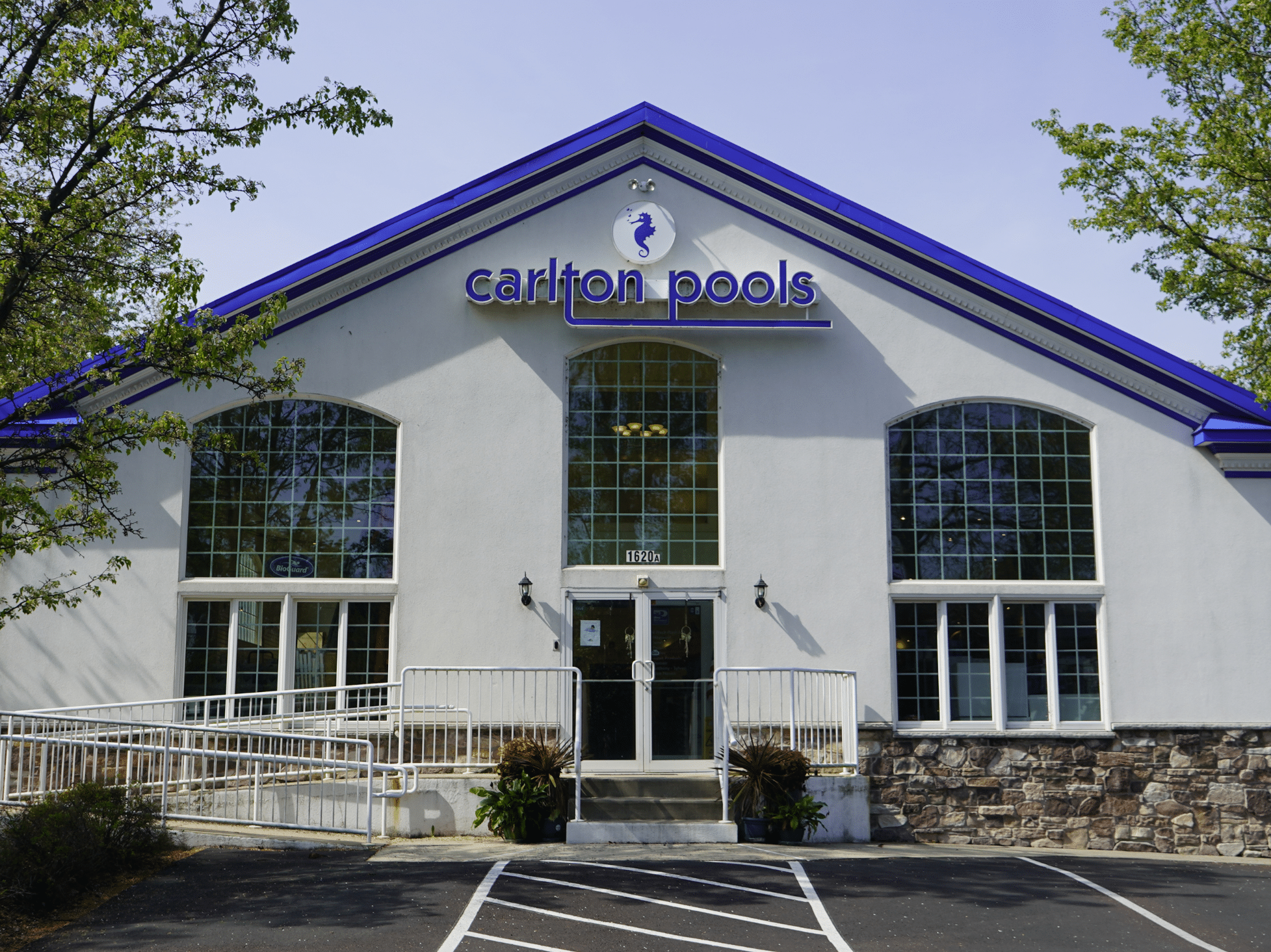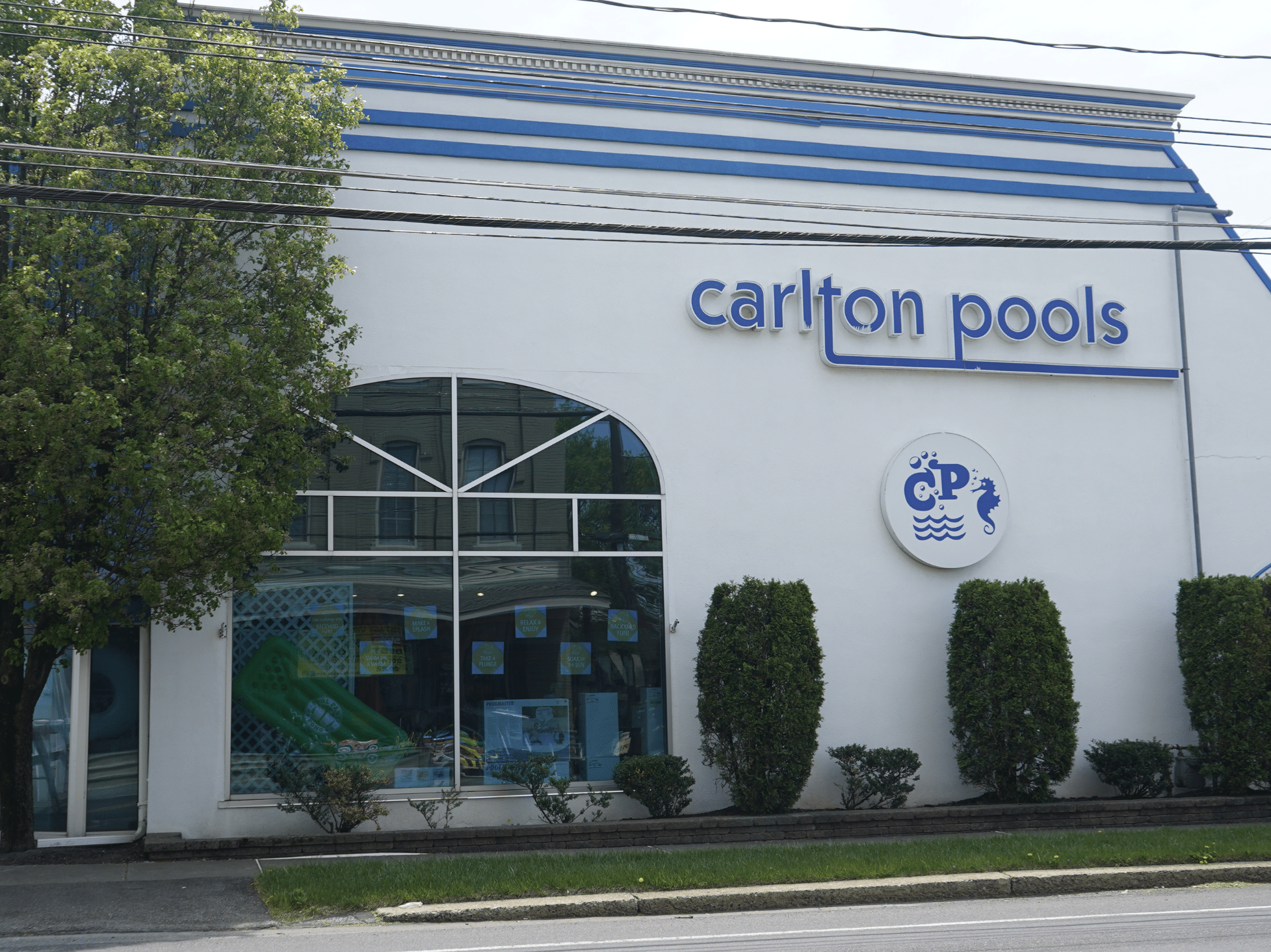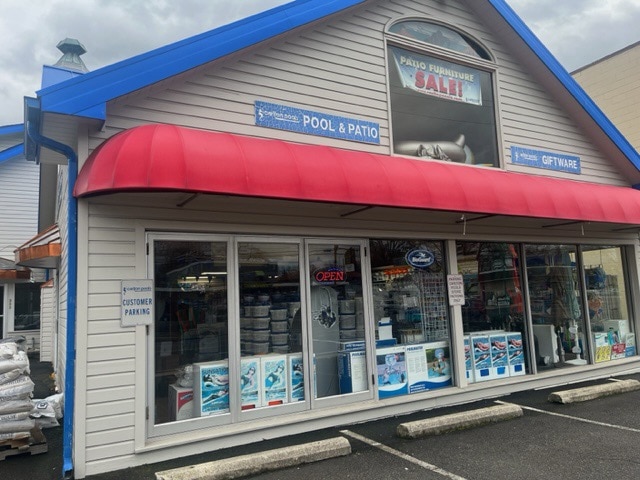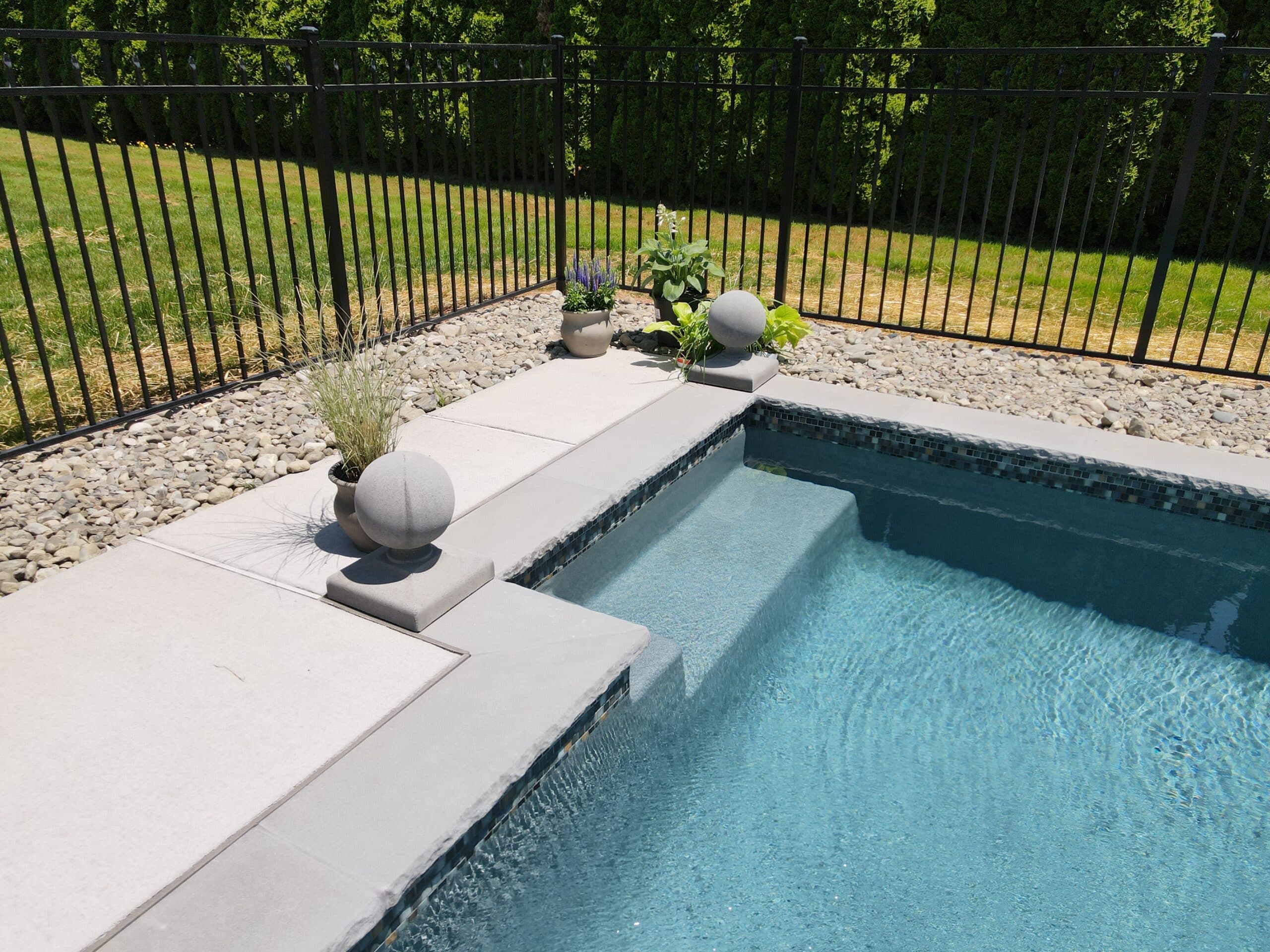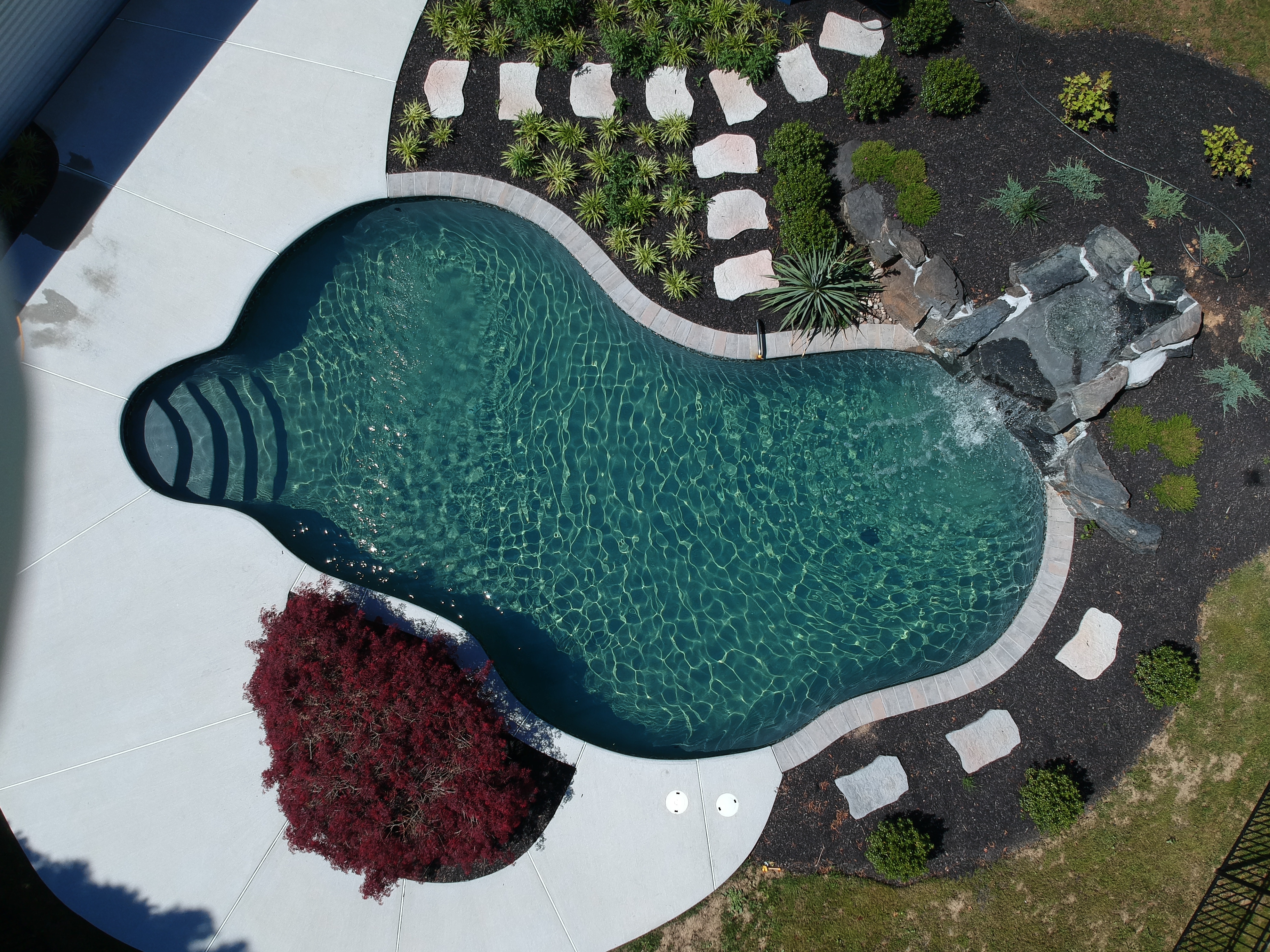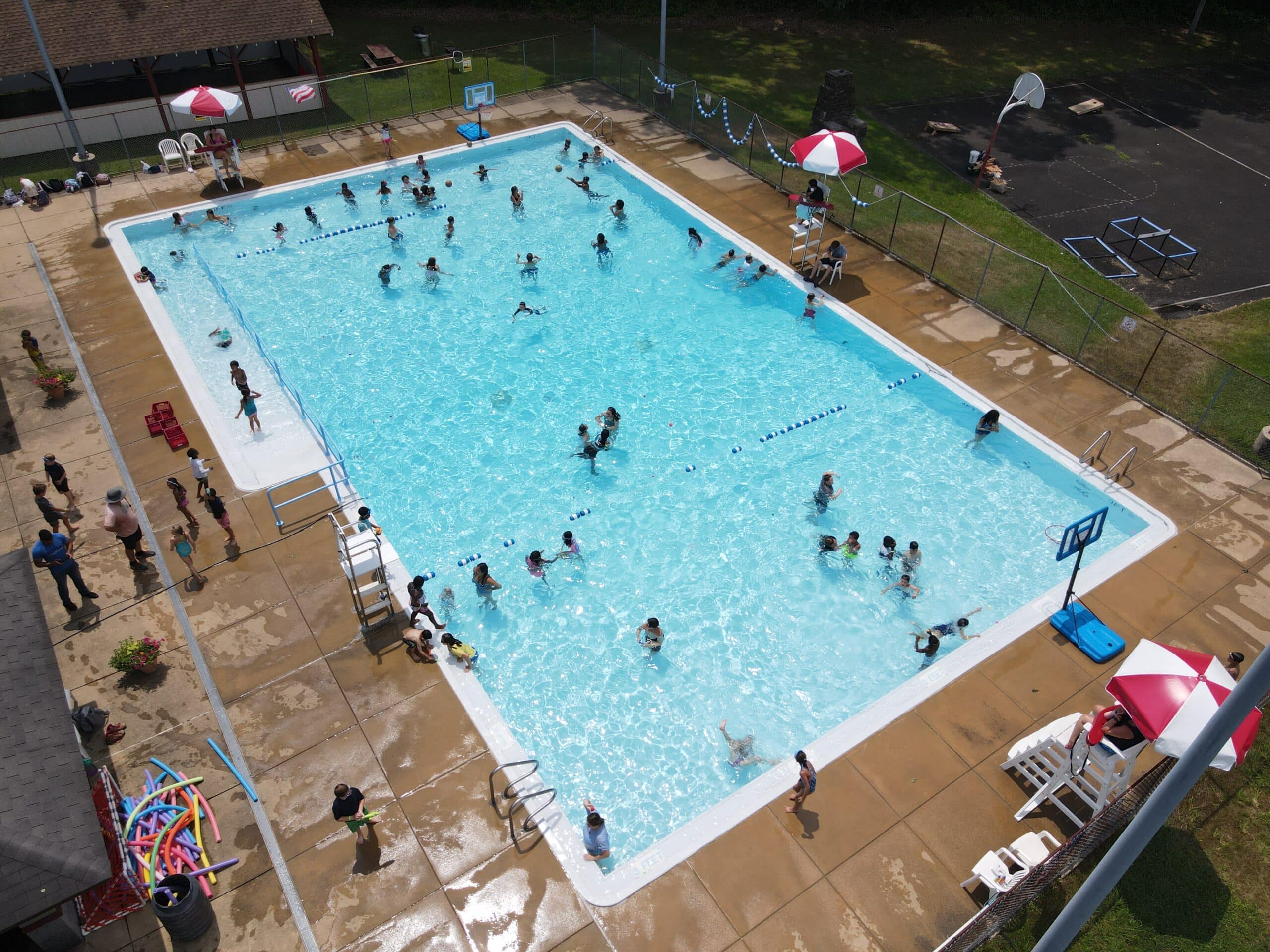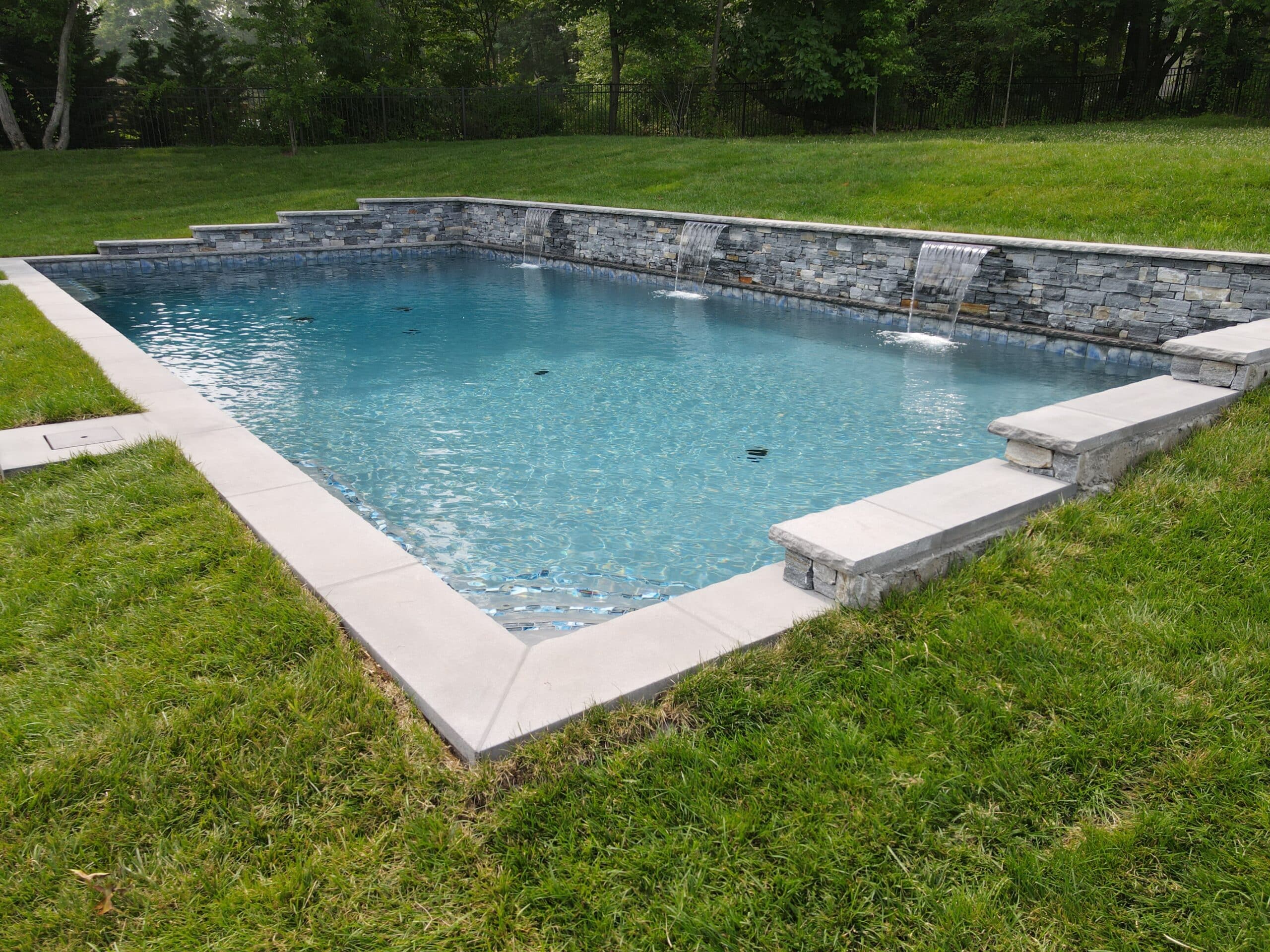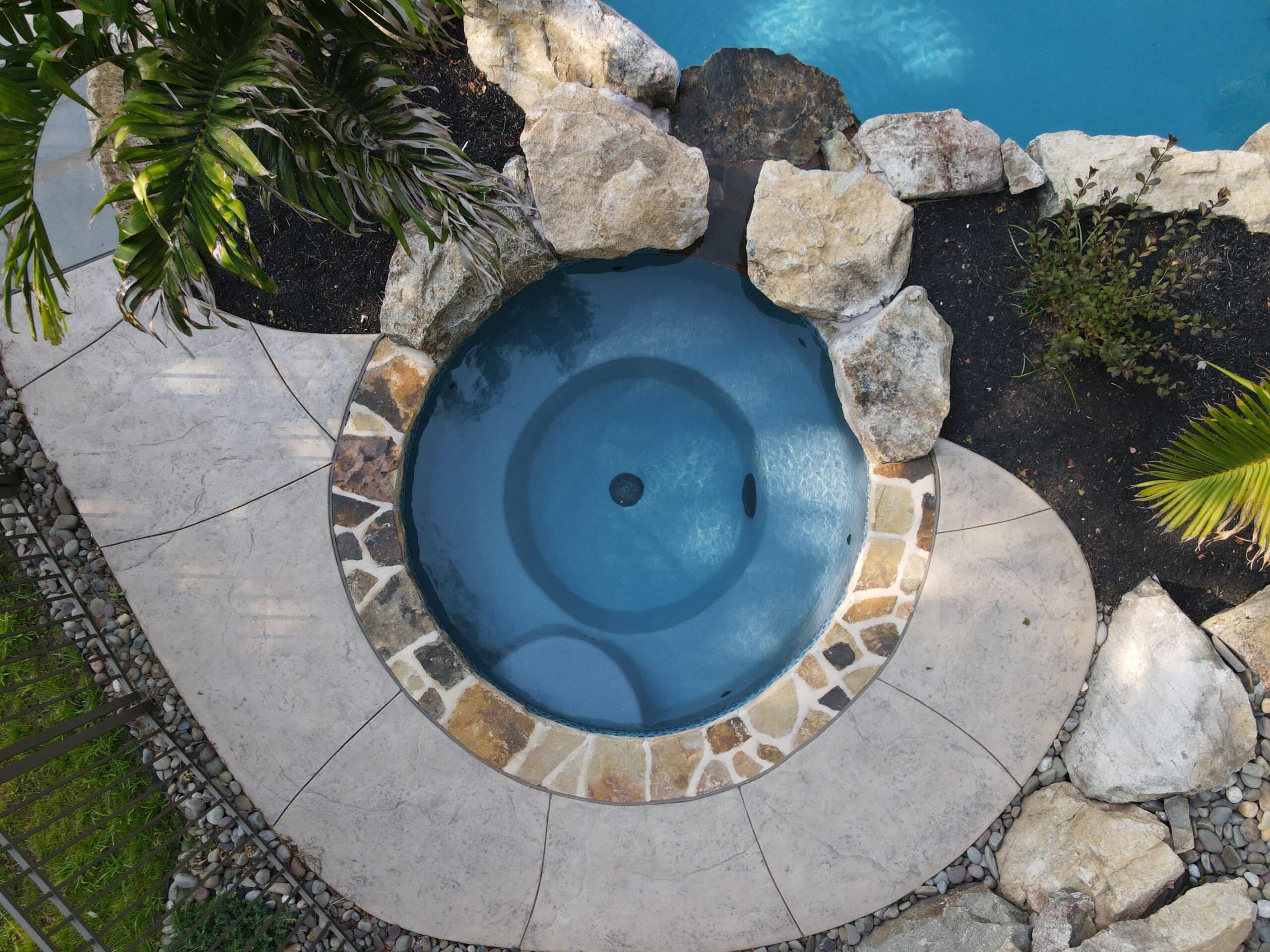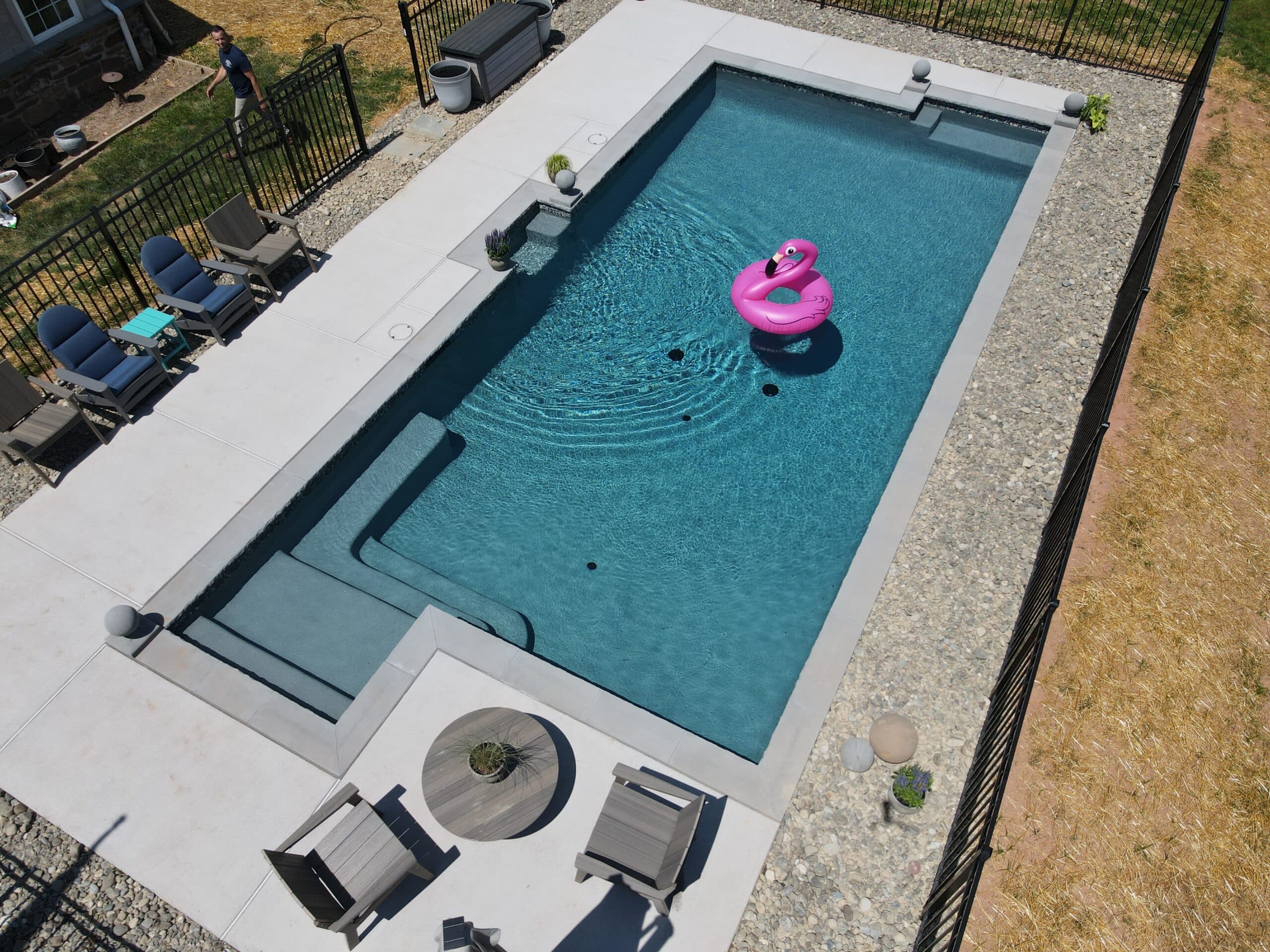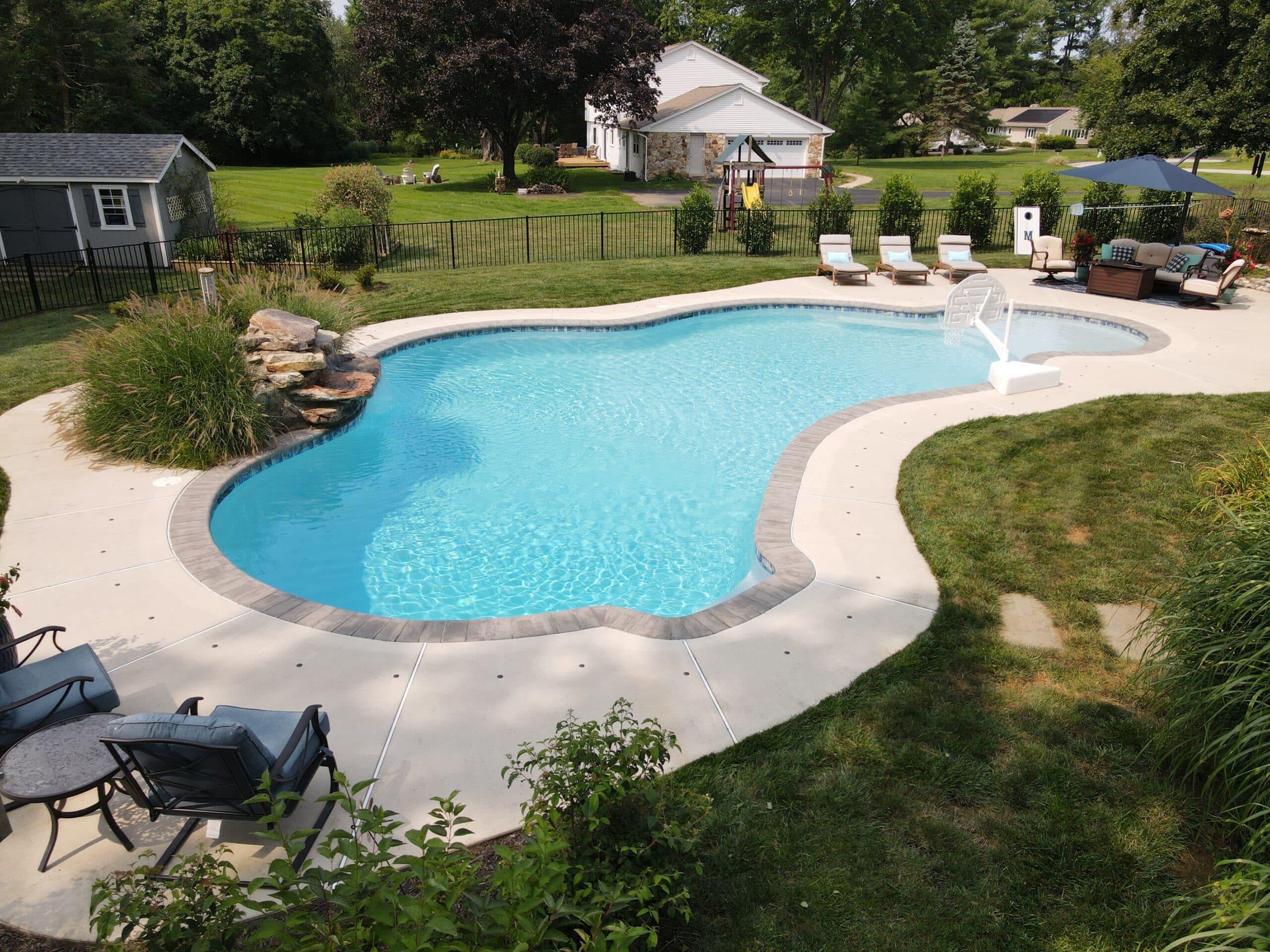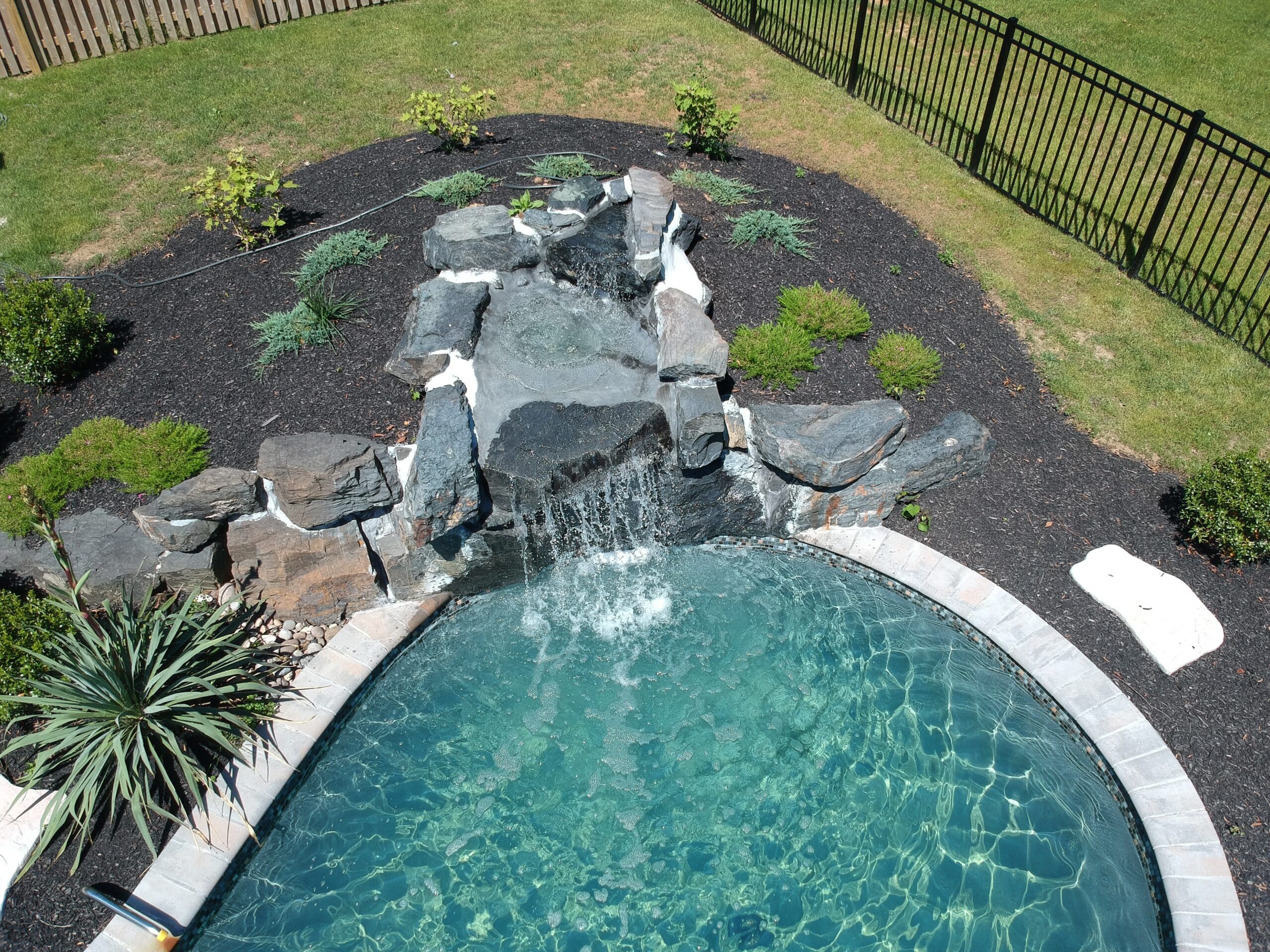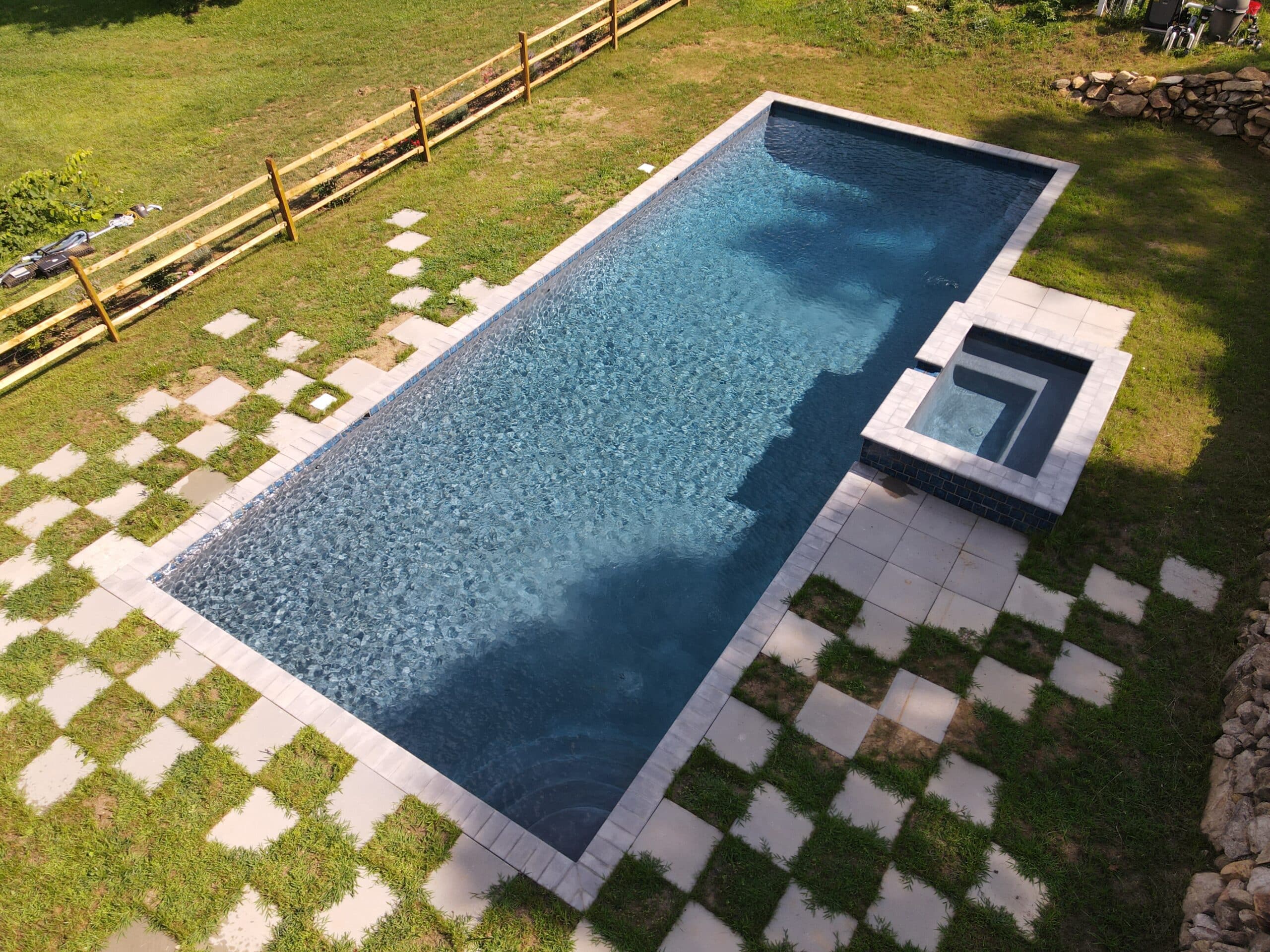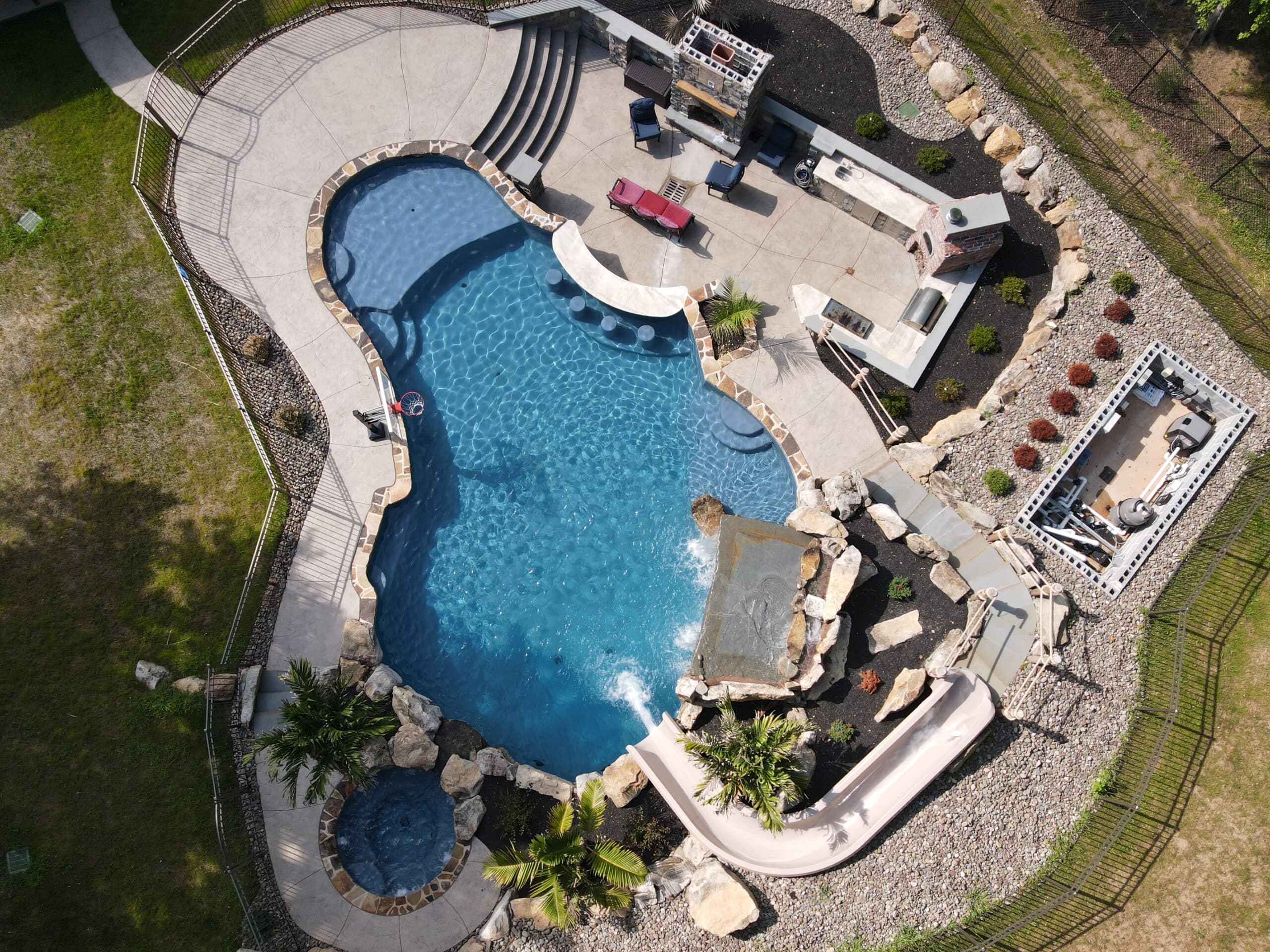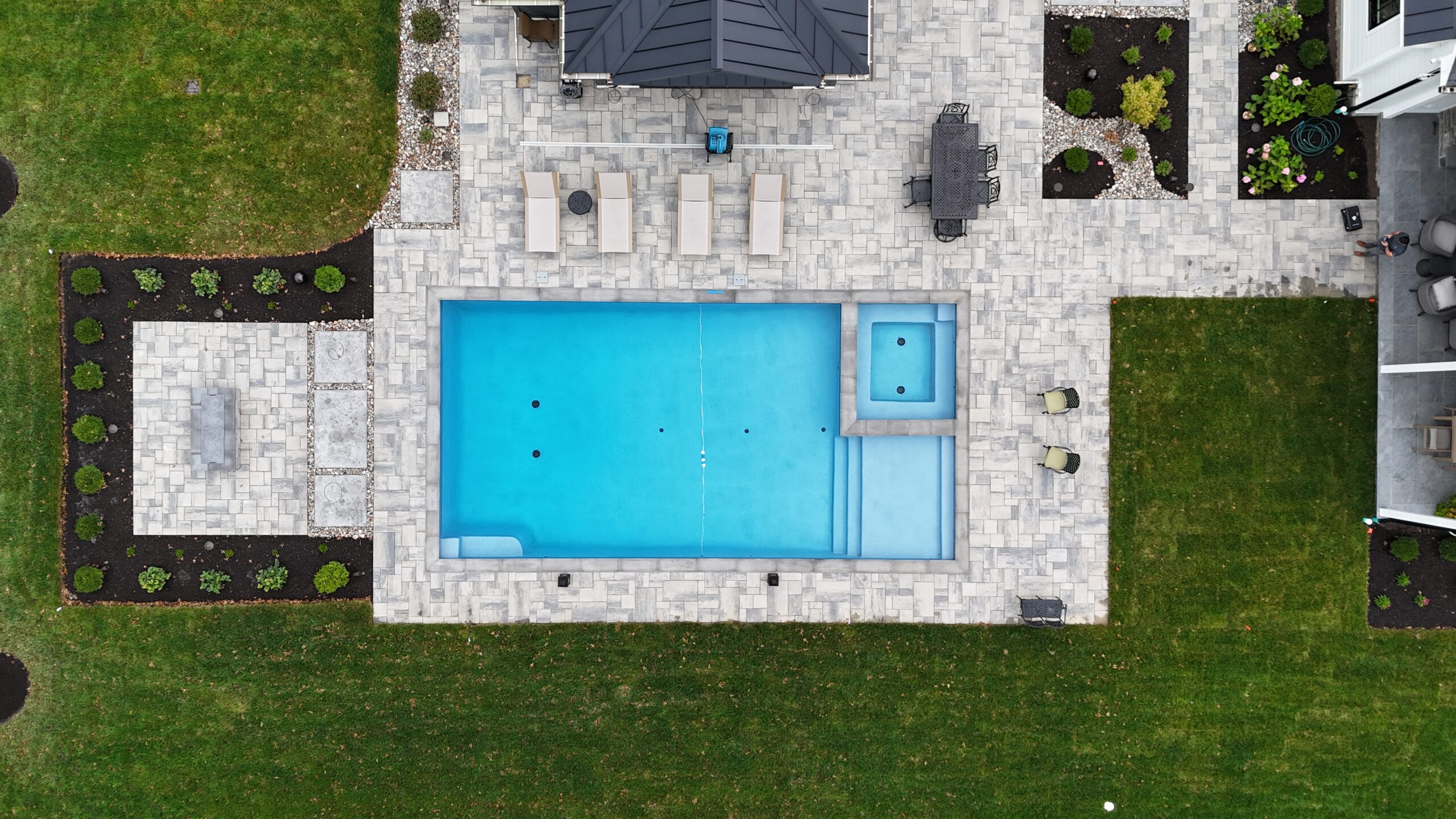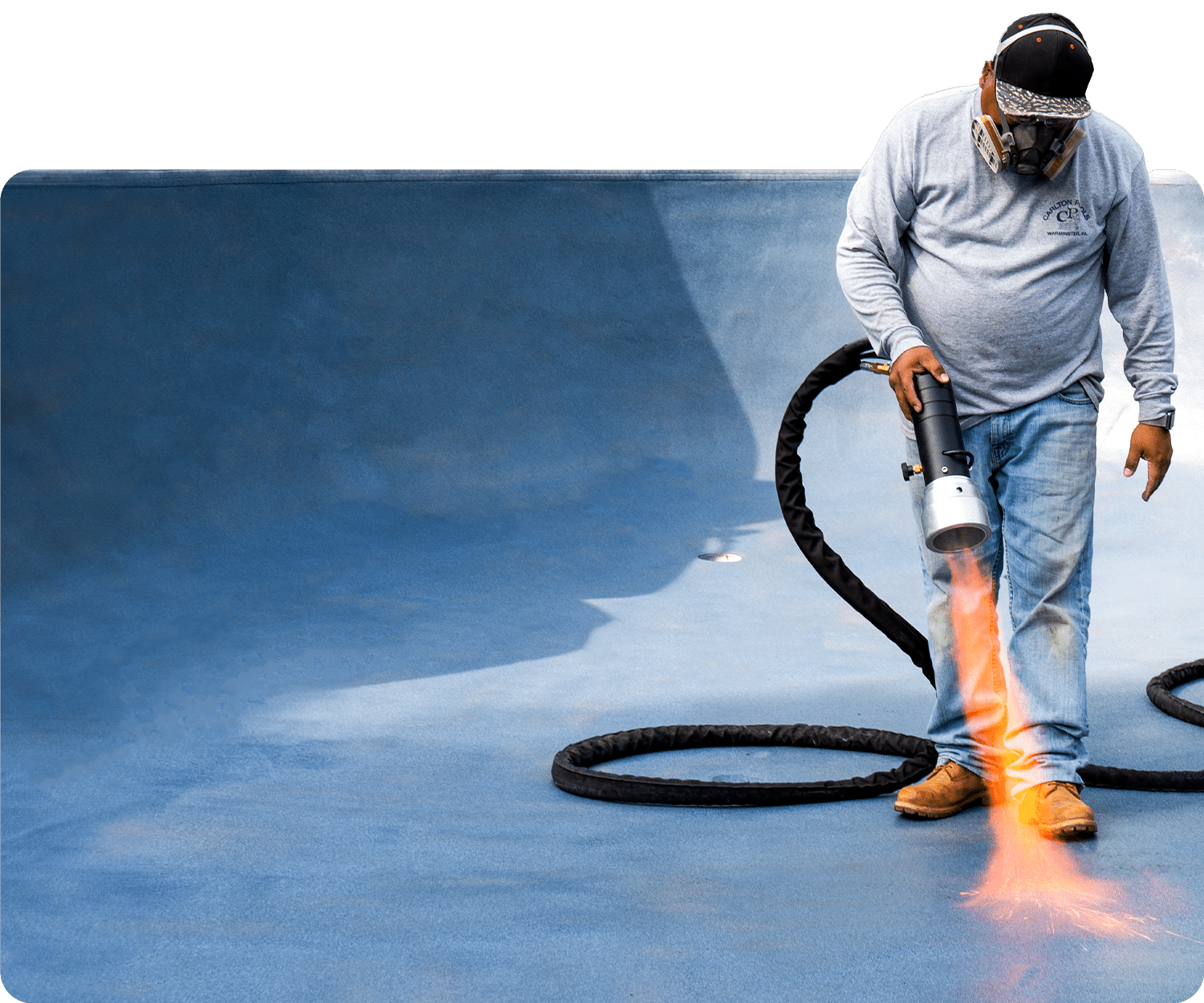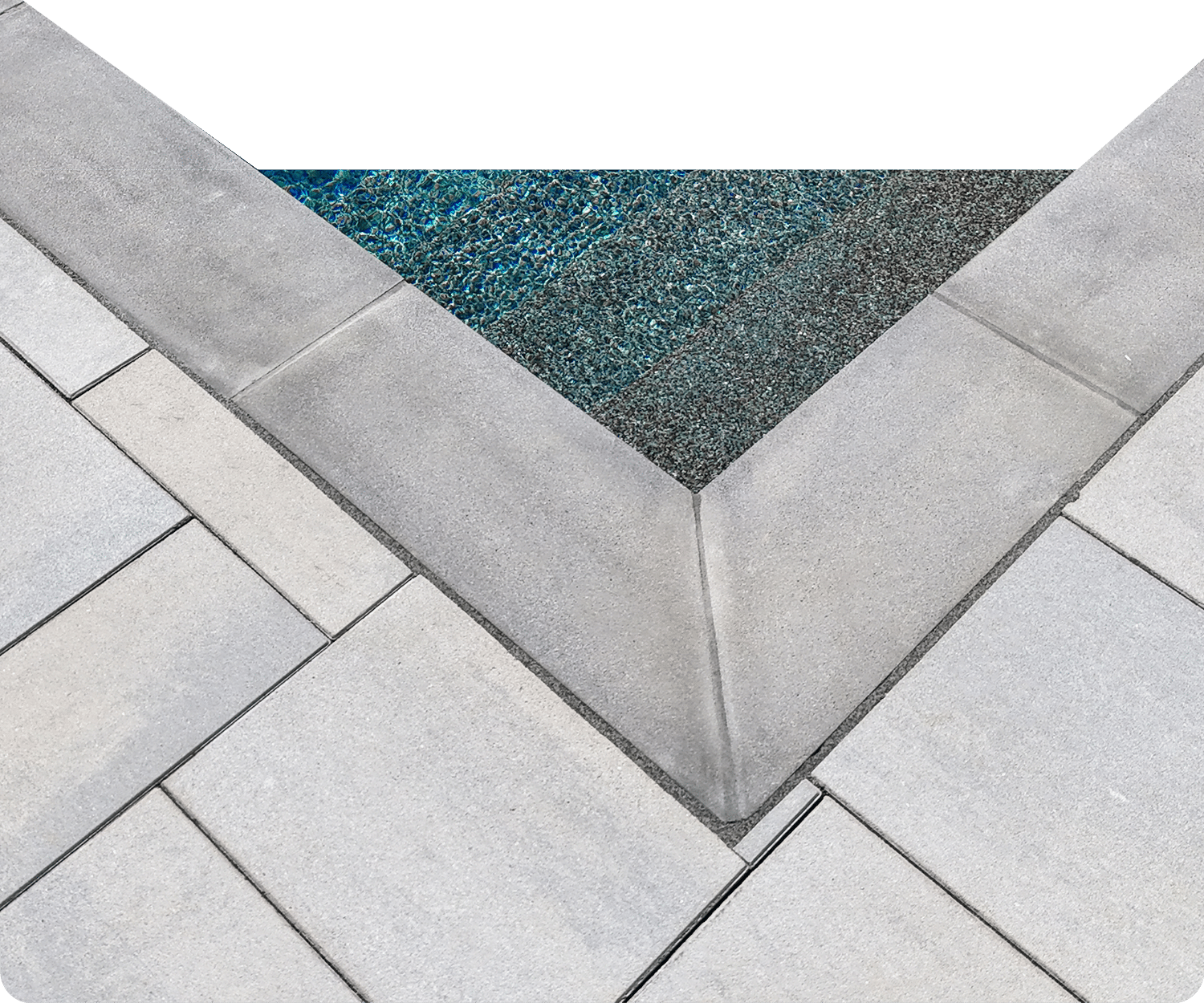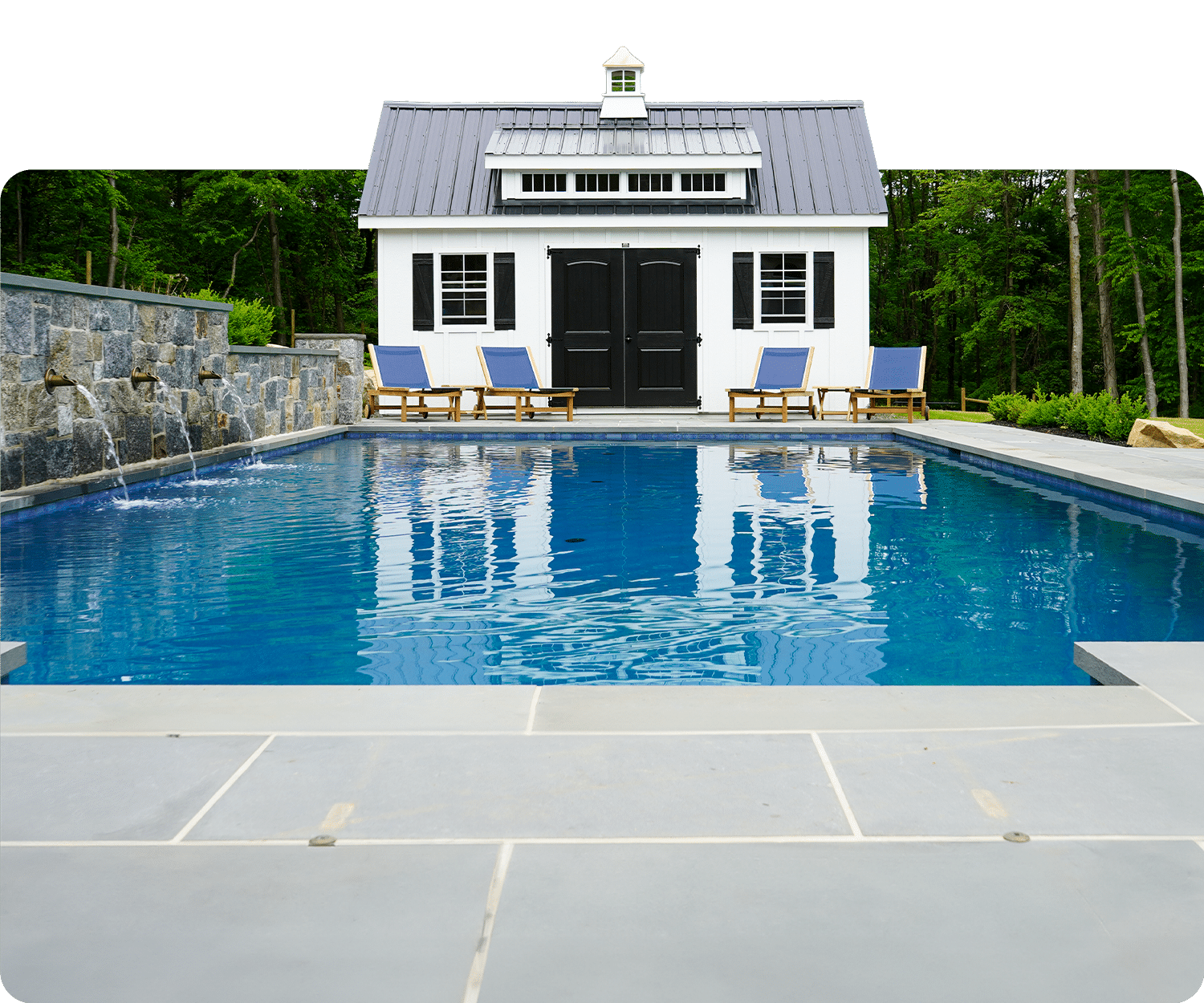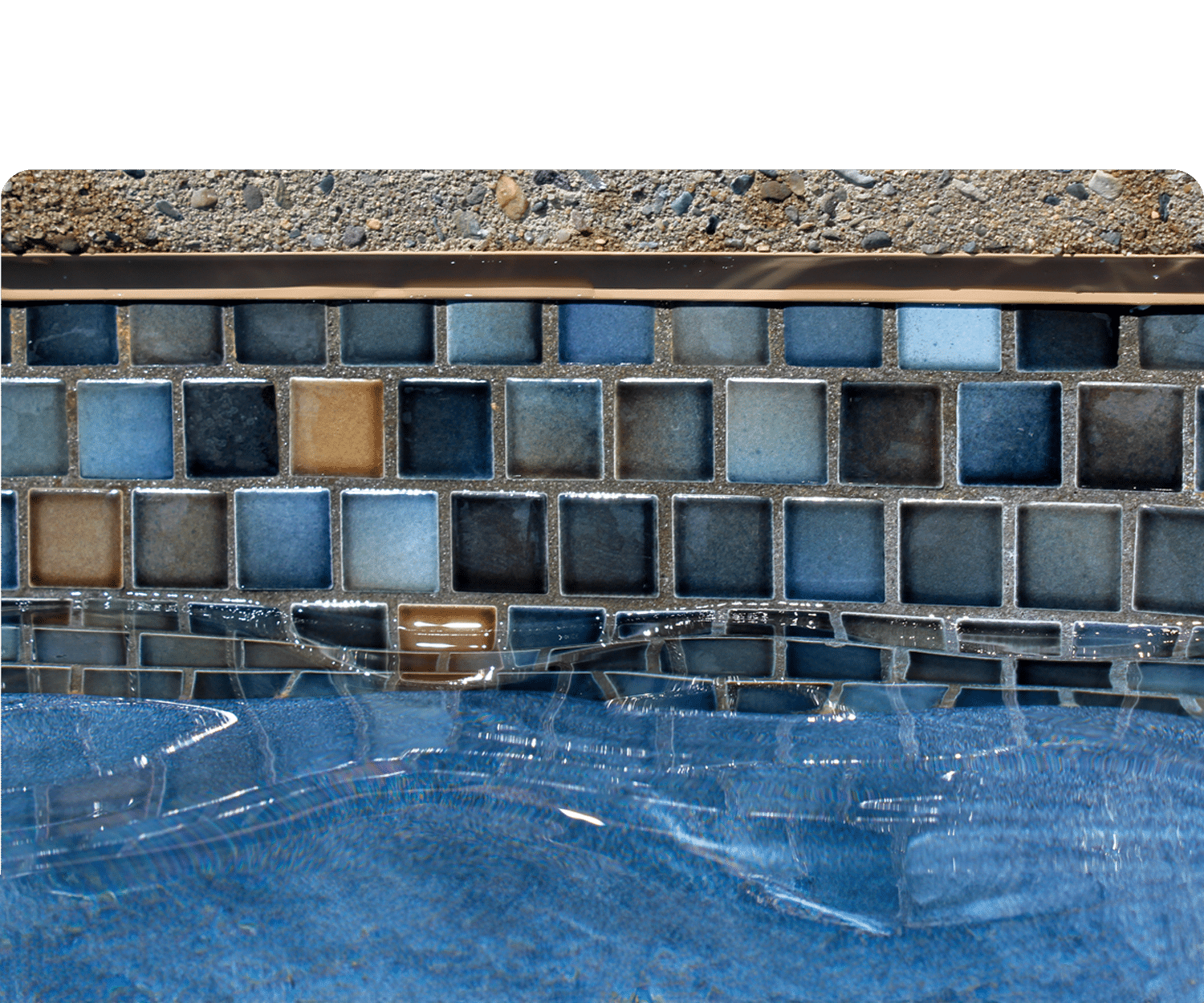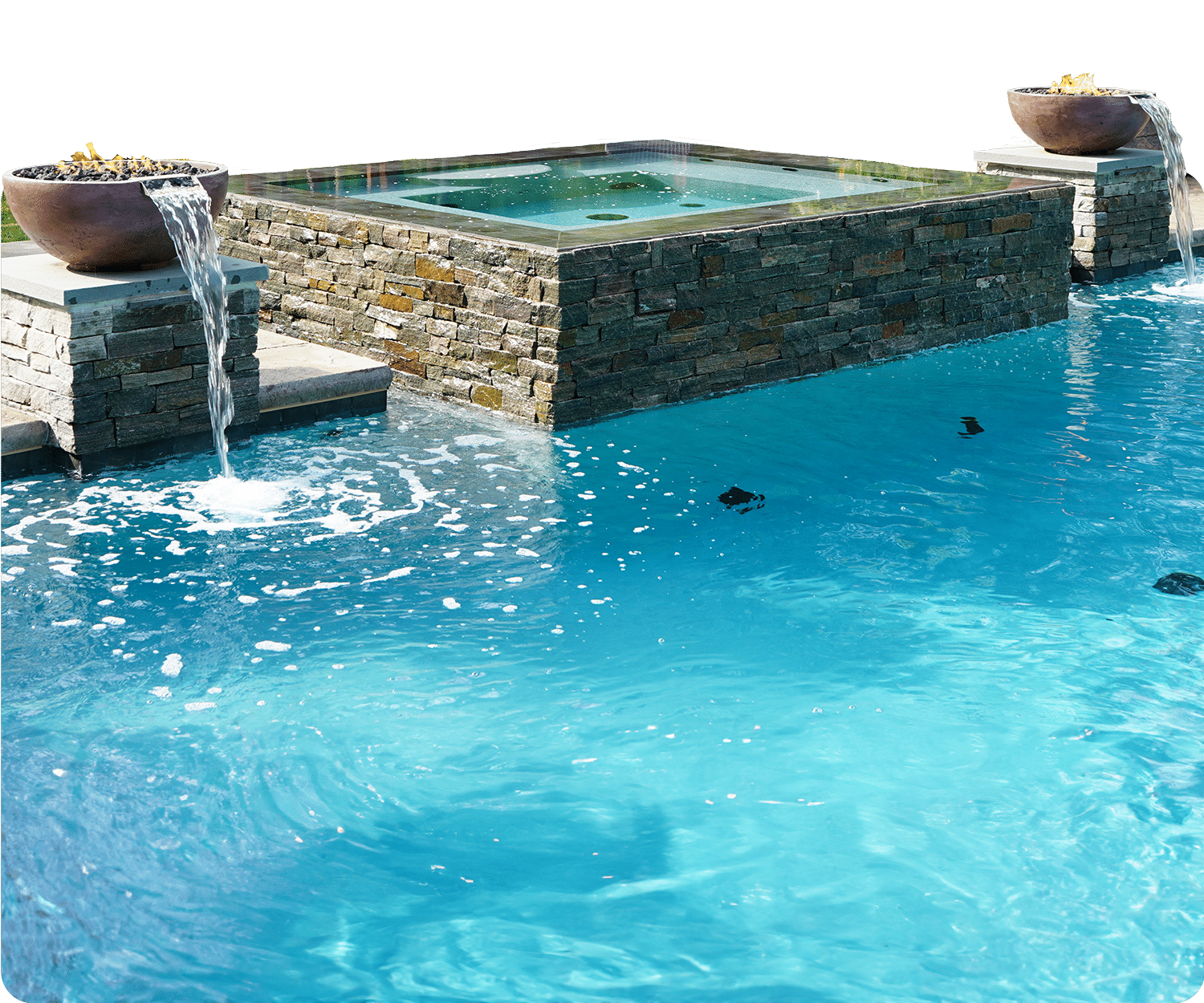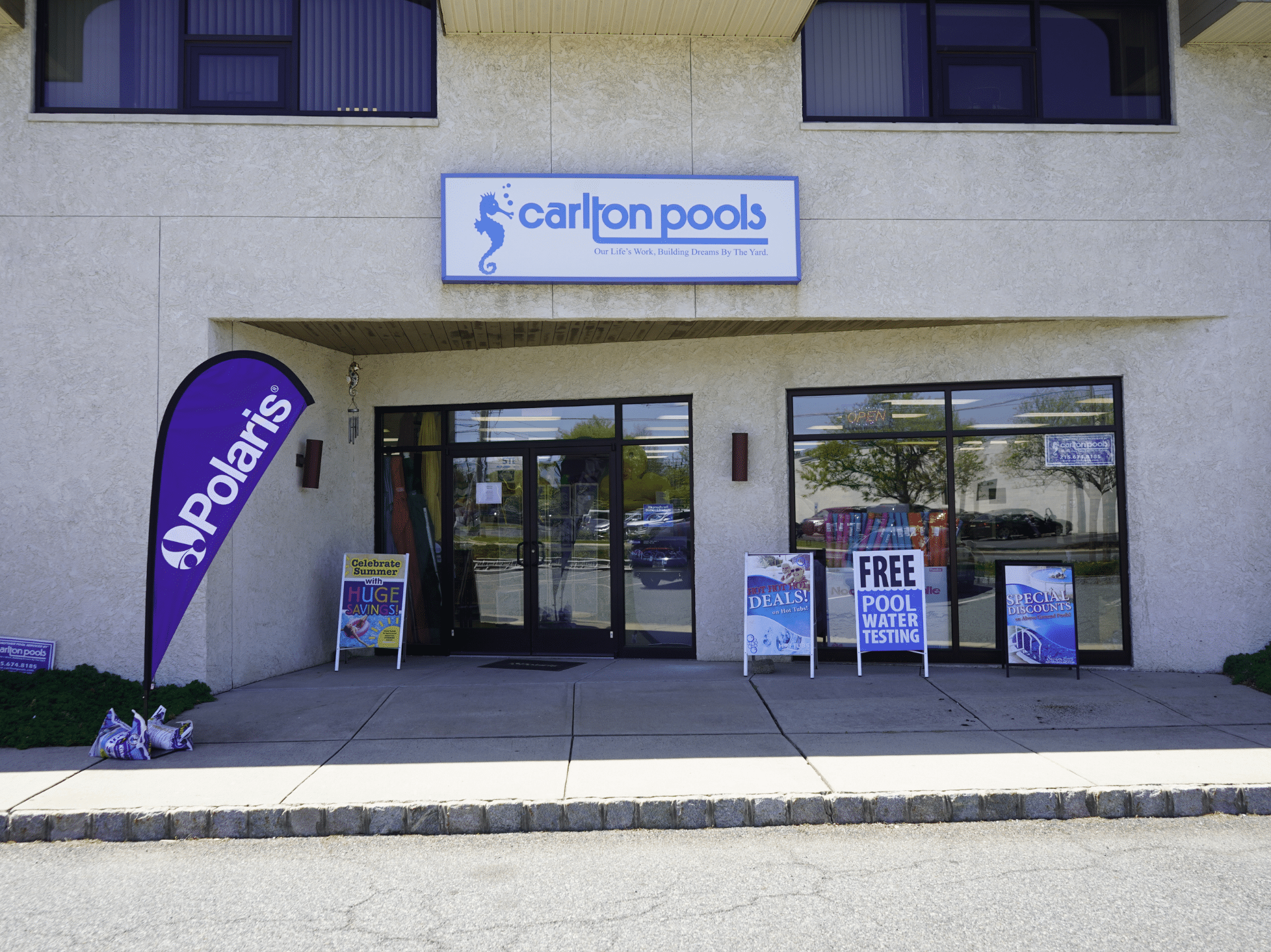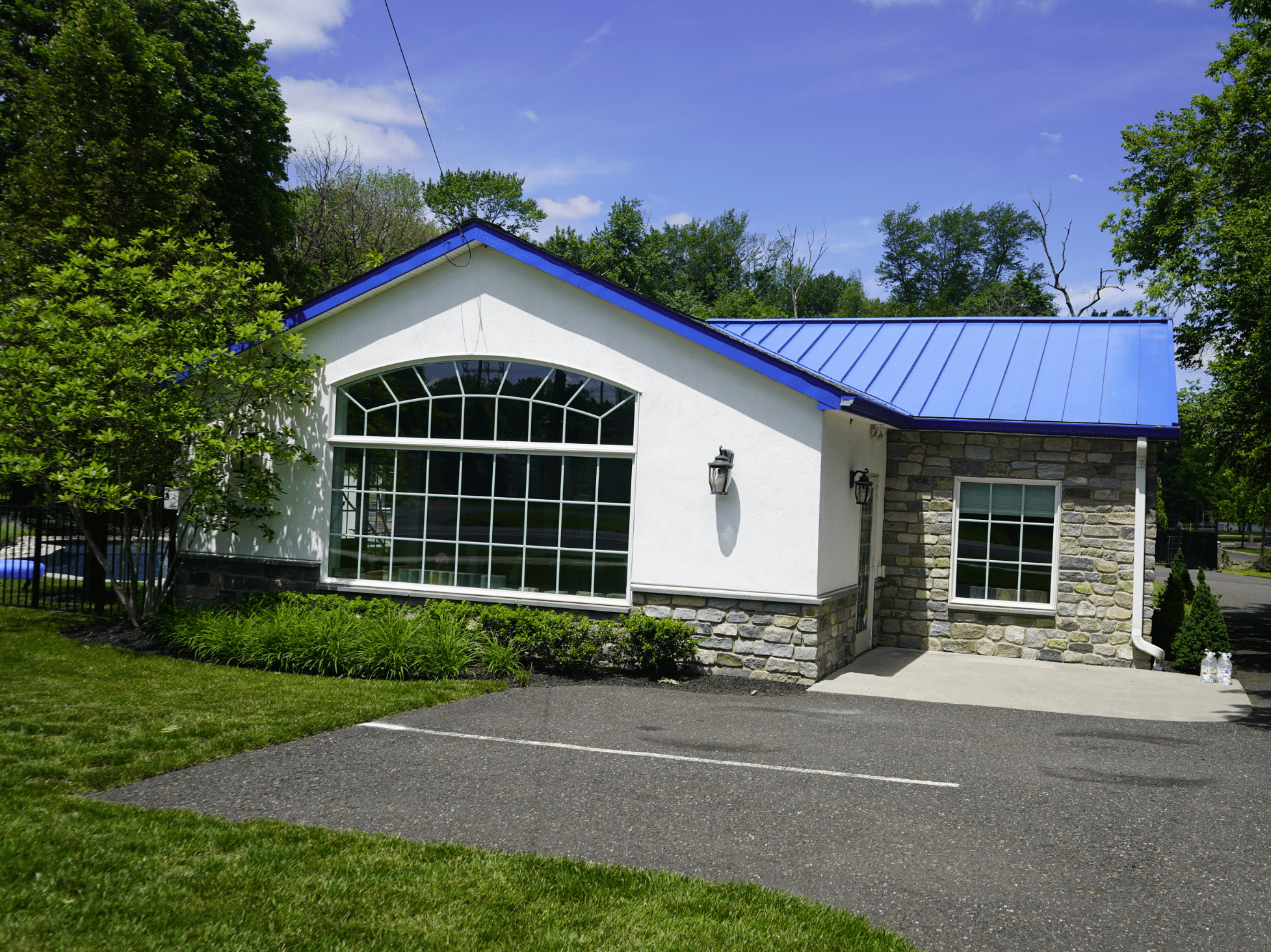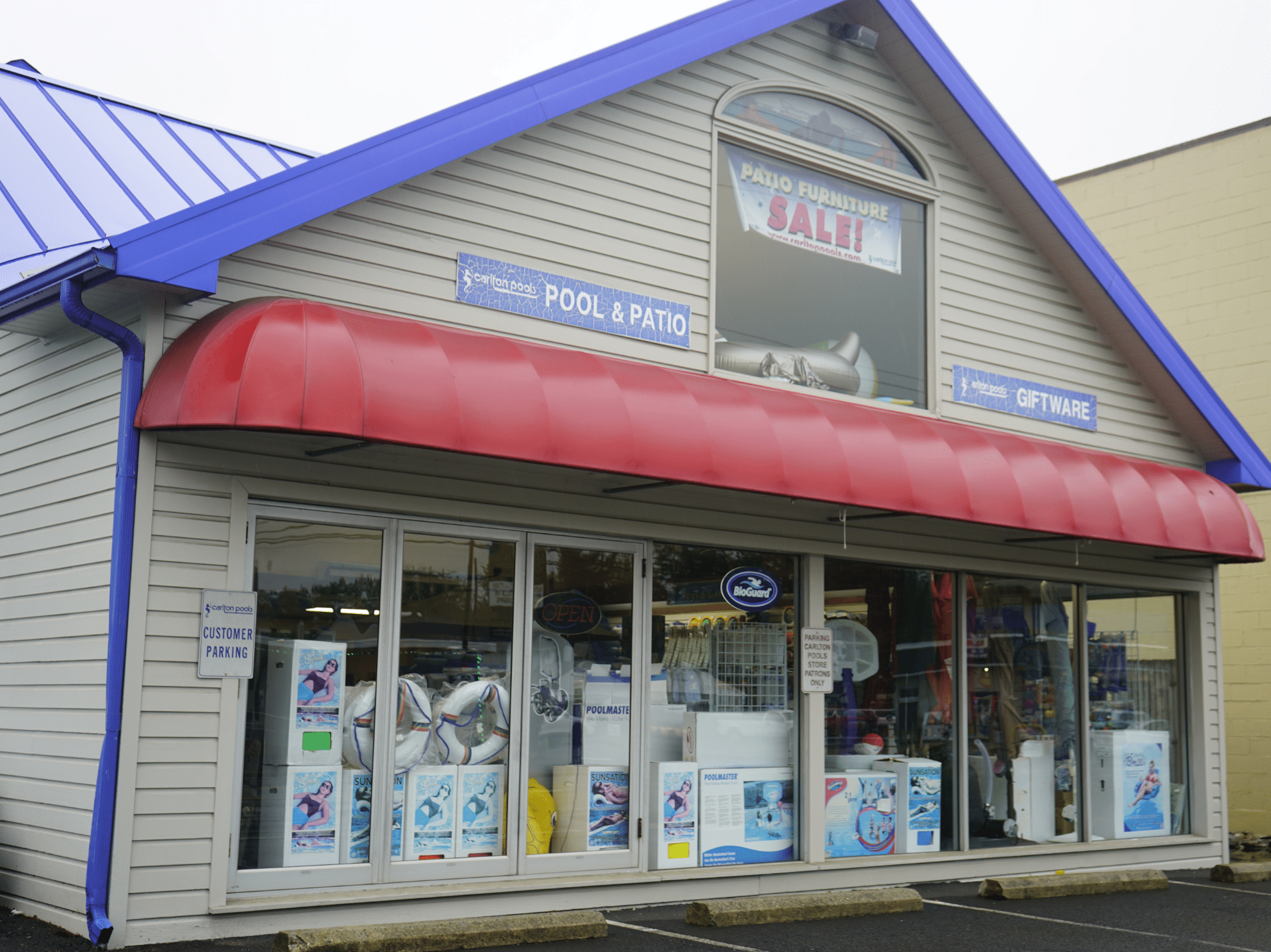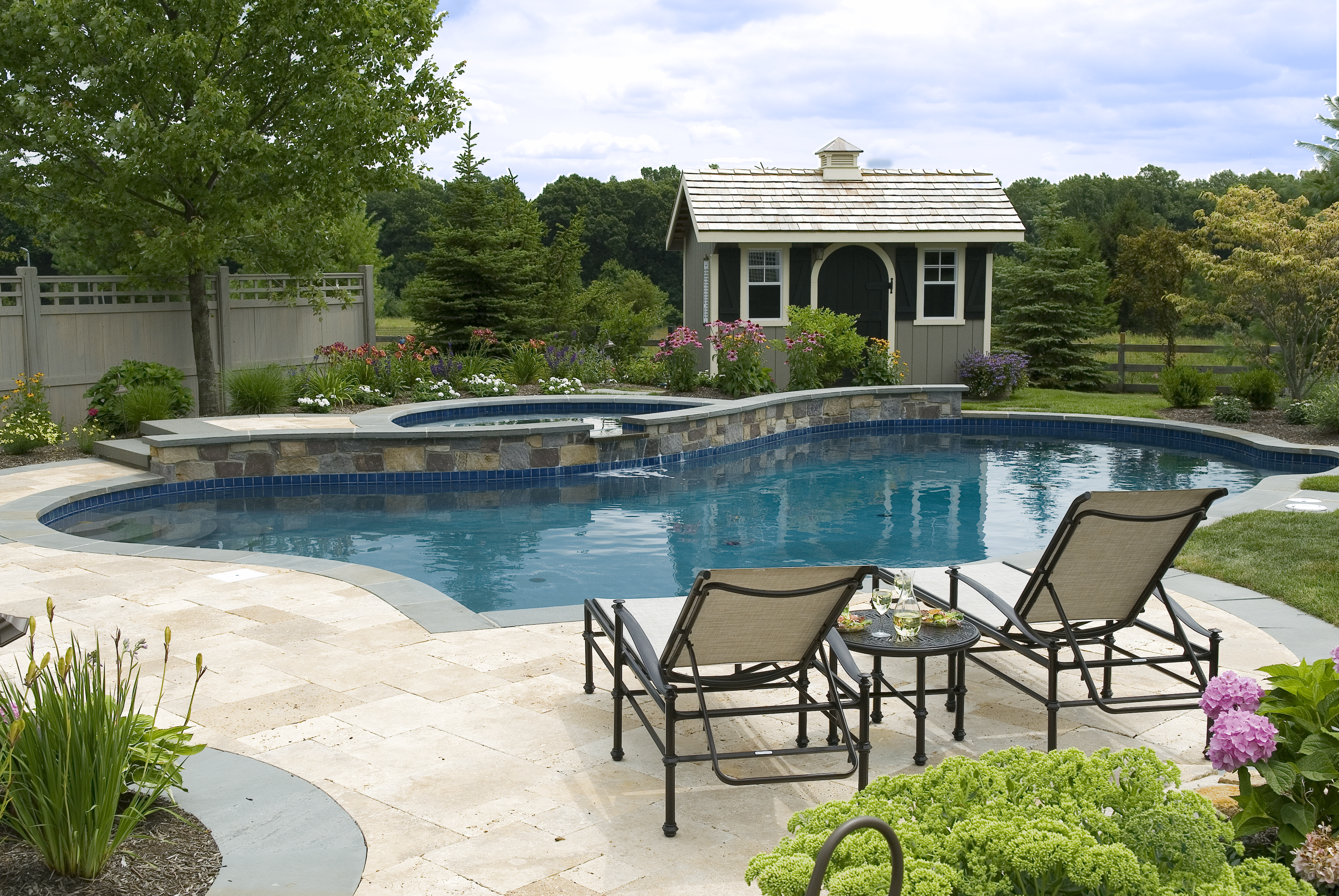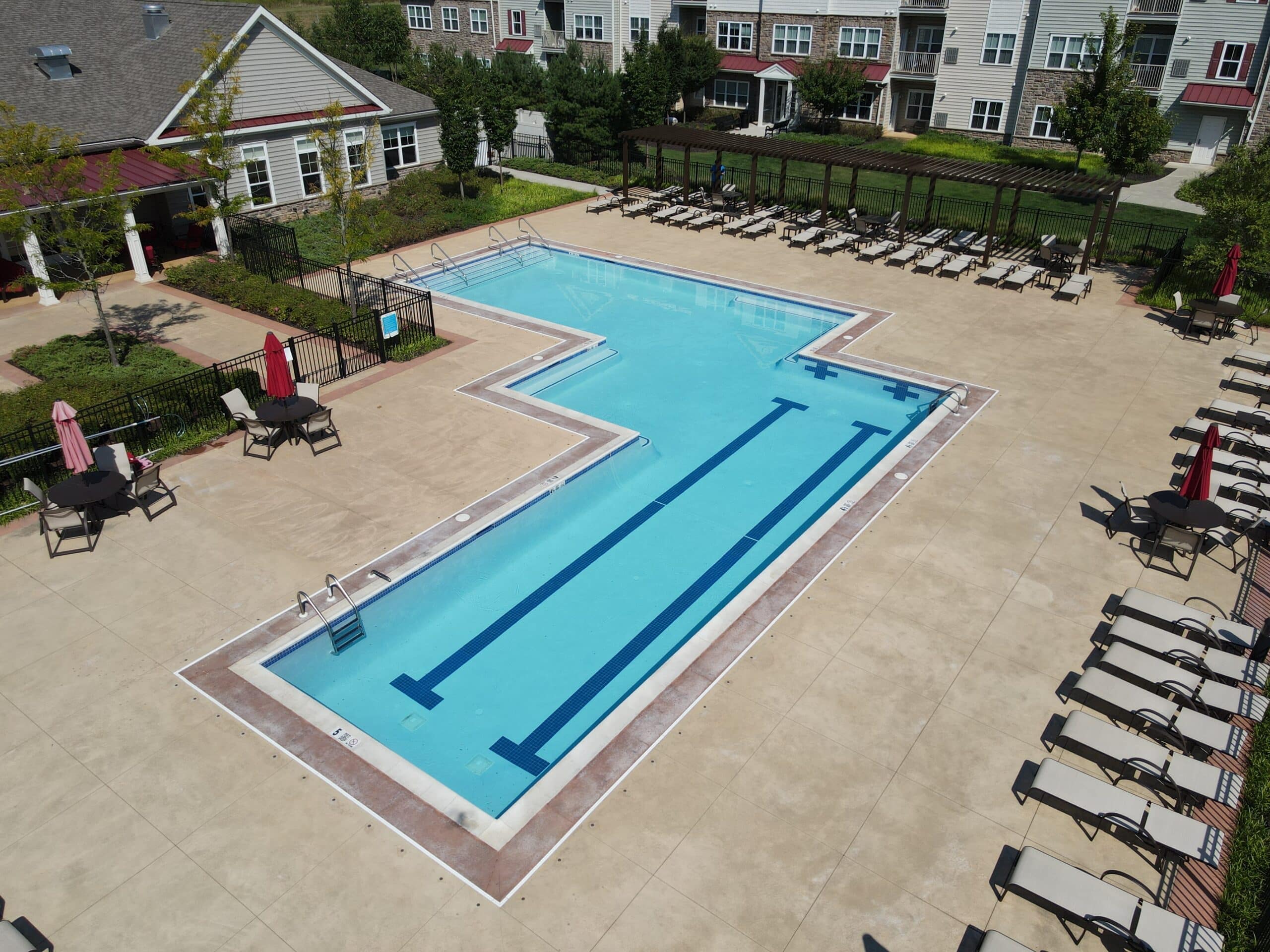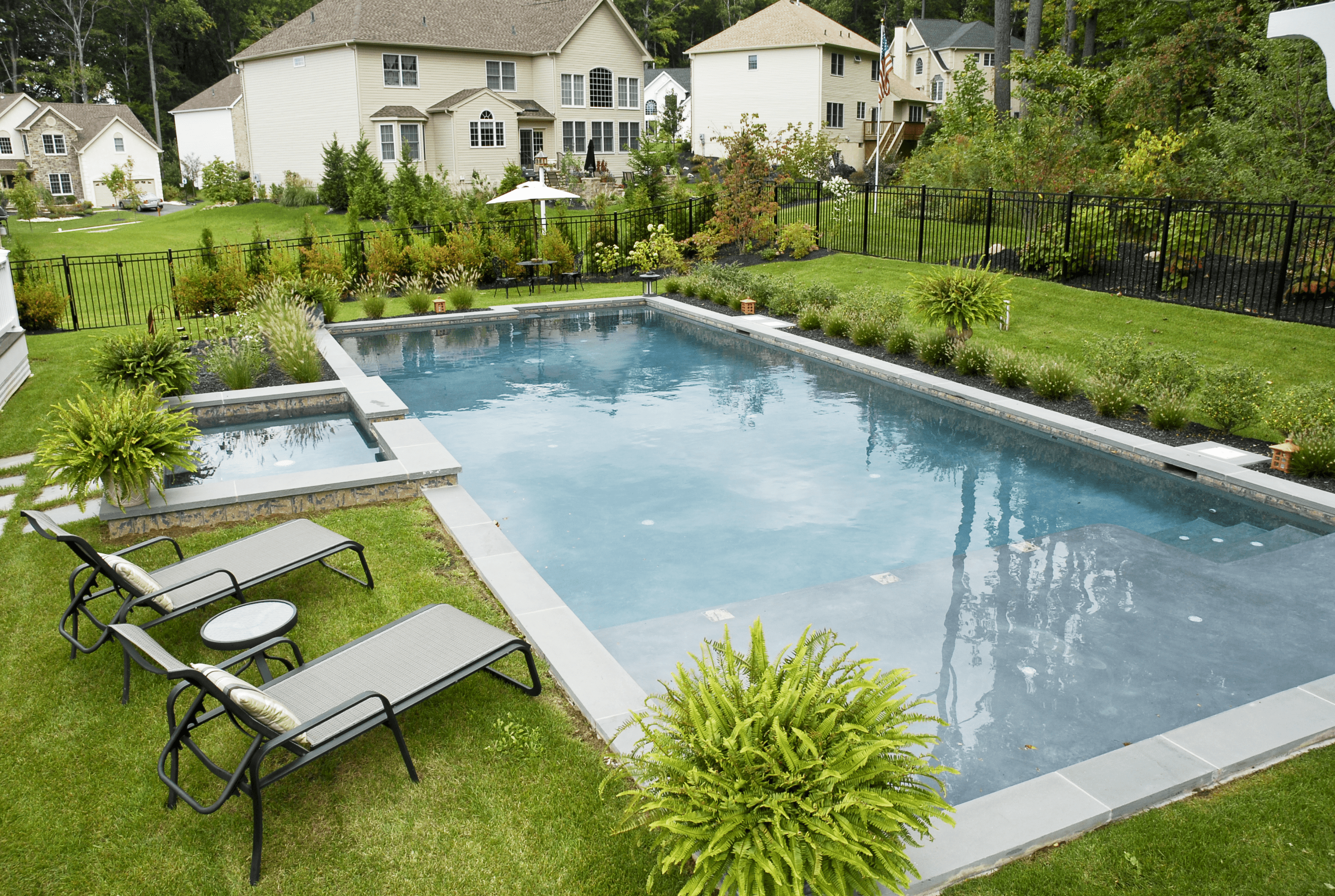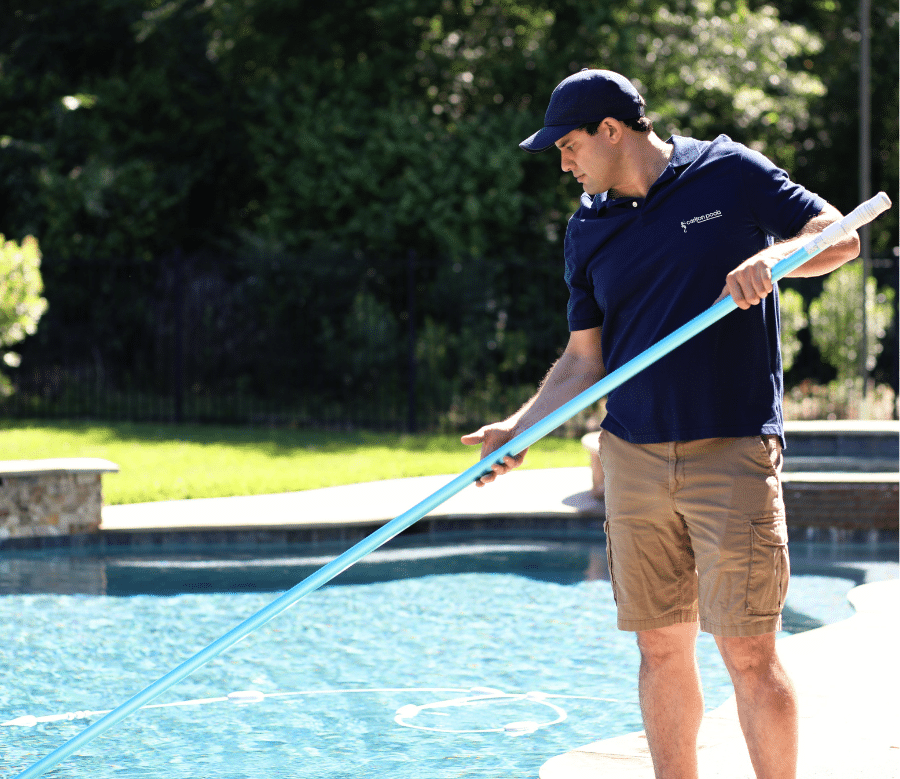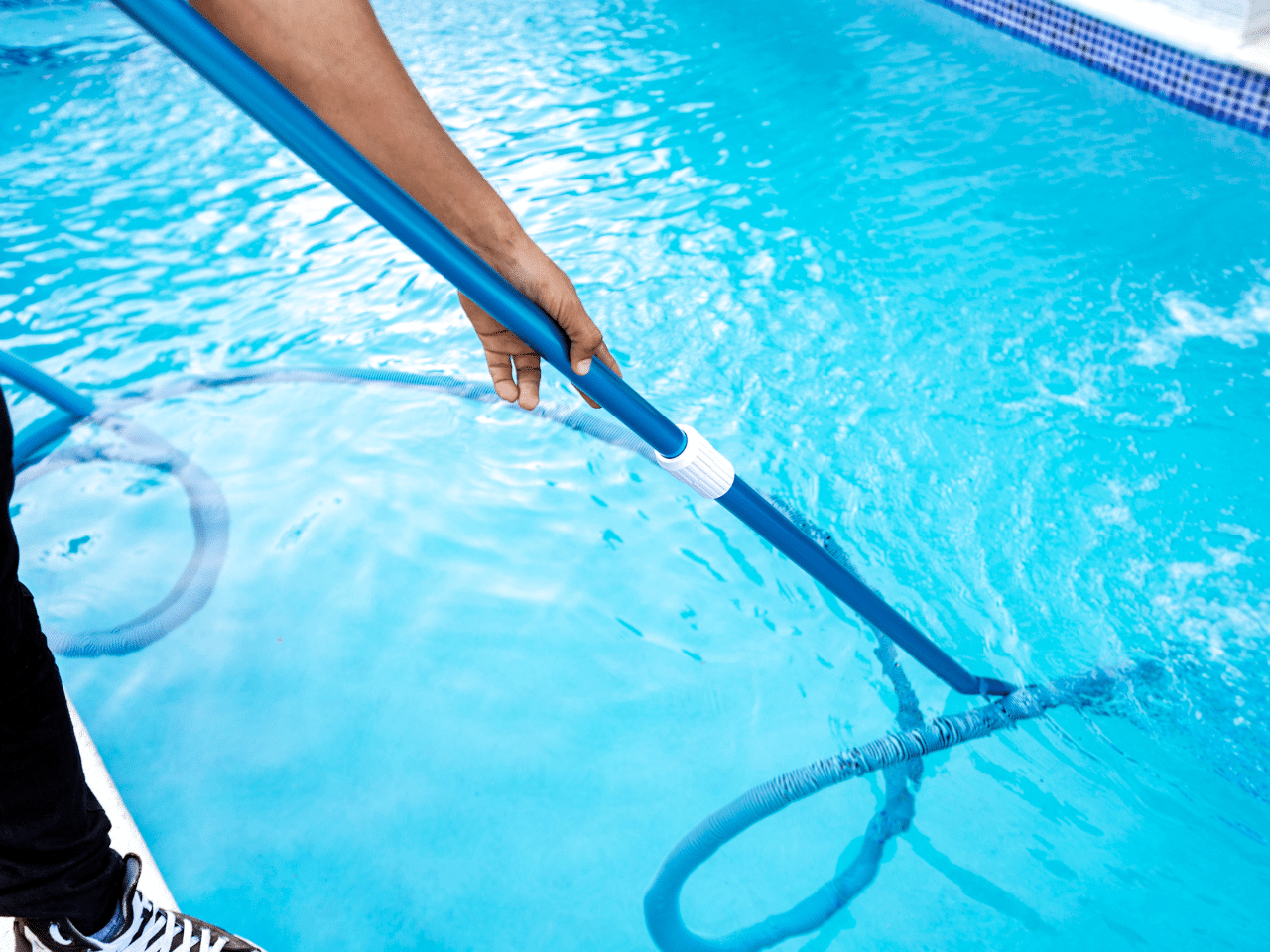Having endured the freezing winds, snows, and rains of the winter of 2018, you deserve to relax in the oasis that is your swimming pool. But after the passage of a year, it’s easy to forget all the steps involved in sanitizing and re-opening your pool for family and friends. Whether 2018 is the first year or the tenth year you’ve owned your pool, it’s always worth reviewing the process with our experts here at Carlton Pools:
1. Clean Off Your Cover
If you’re like many Americans, you own an in-ground outdoor pool that you cover during the coldest months of the year. Before you remove said pool cover, you’ll want to drain off all the dirty water and debris that’s collected on its surface.
2. Remove and Roll It Up
Now that your pool cover is free of debris, you’ll want at least two people to assist you in holding each corner of the cover as you slowly remove it from your pool. The more people that you have available at this point, the more quickly you can physically relocate the cover, thoroughly hose it, and roll it up. A clean pool cover, stored in a cool and dry place like a shed or basement, will last much longer than one that’s left outside all year.
3. Raise the Water Levels
With your pool cover stored away until the end of summer, now you can assess how much water your pool lost over the winter. Should you suspect that your pool’s water levels have dropped an alarming amount, you can always call our experts at Carlton Pools to inspect your pool grounds.
To refill any lost water, you can use a simple garden hose. Just to be safe, ensure that someone is monitoring your pool as you refill it.
4. Reconnect and Reactivate Your System
Before you go hopping back into your pool, remember to reconnect your filter, pump, and heater. Remove any plugs on your skimmers, while circling your pool and reinstalling any normal drain plugs.
5. Analyze Your Pool’s Chemistry
Your next, and most crucial, step, will be to locate and utilize your trusty pool chemistry kit. If you already own one, your kit should include strips for testing pH, total alkalinity, and chlorine in your swimming pool water.
6. Adjust for Alkalinity and pH
In order to guarantee that your swimming pool water will be safe and enjoyable for everyone, it’s up to you to adjust your pool’s total alkalinity accordingly.
If total alkalinity is too high, acquire Dry Acid or Sodium Bisulfate.
Conversely, if total alkalinity is too low, you’ll want sodium bicarbonate. Once you’ve restored an acceptable total alkalinity to your swimming pool, you can balance out your pH with Soda Ash or Dry Acid, to raise or lower it, respectively.
If you’d like help opening your pool this spring, contact us at 888-372-0102.

